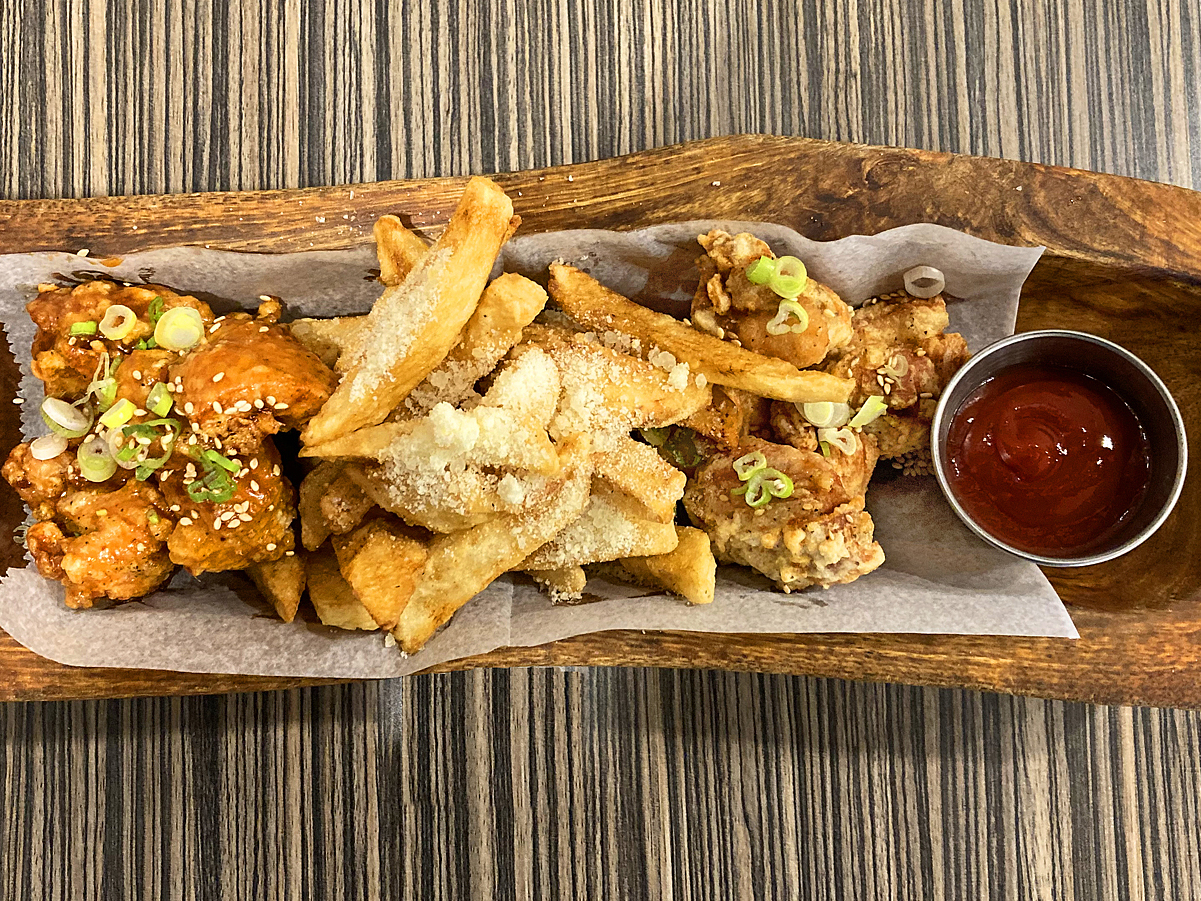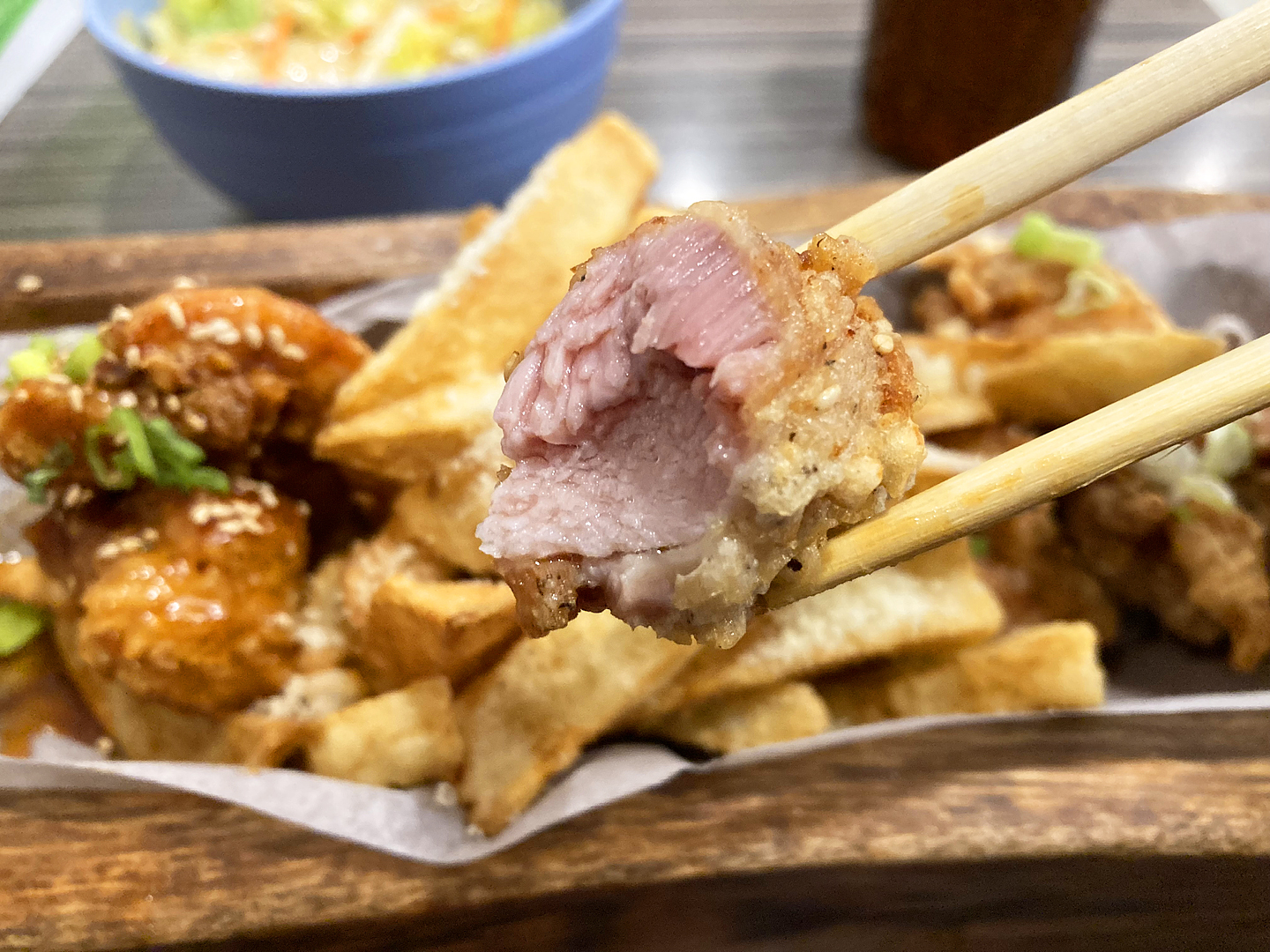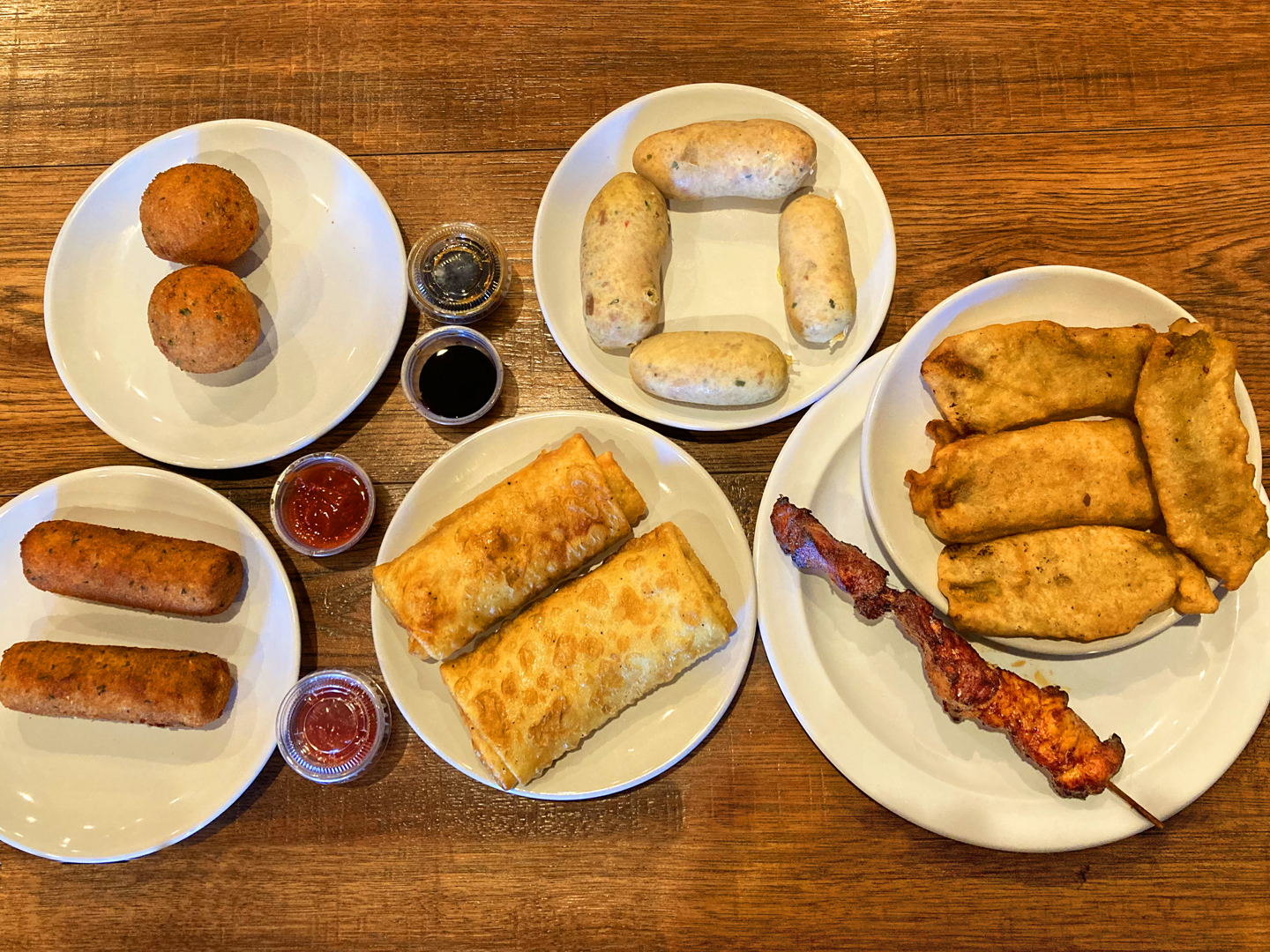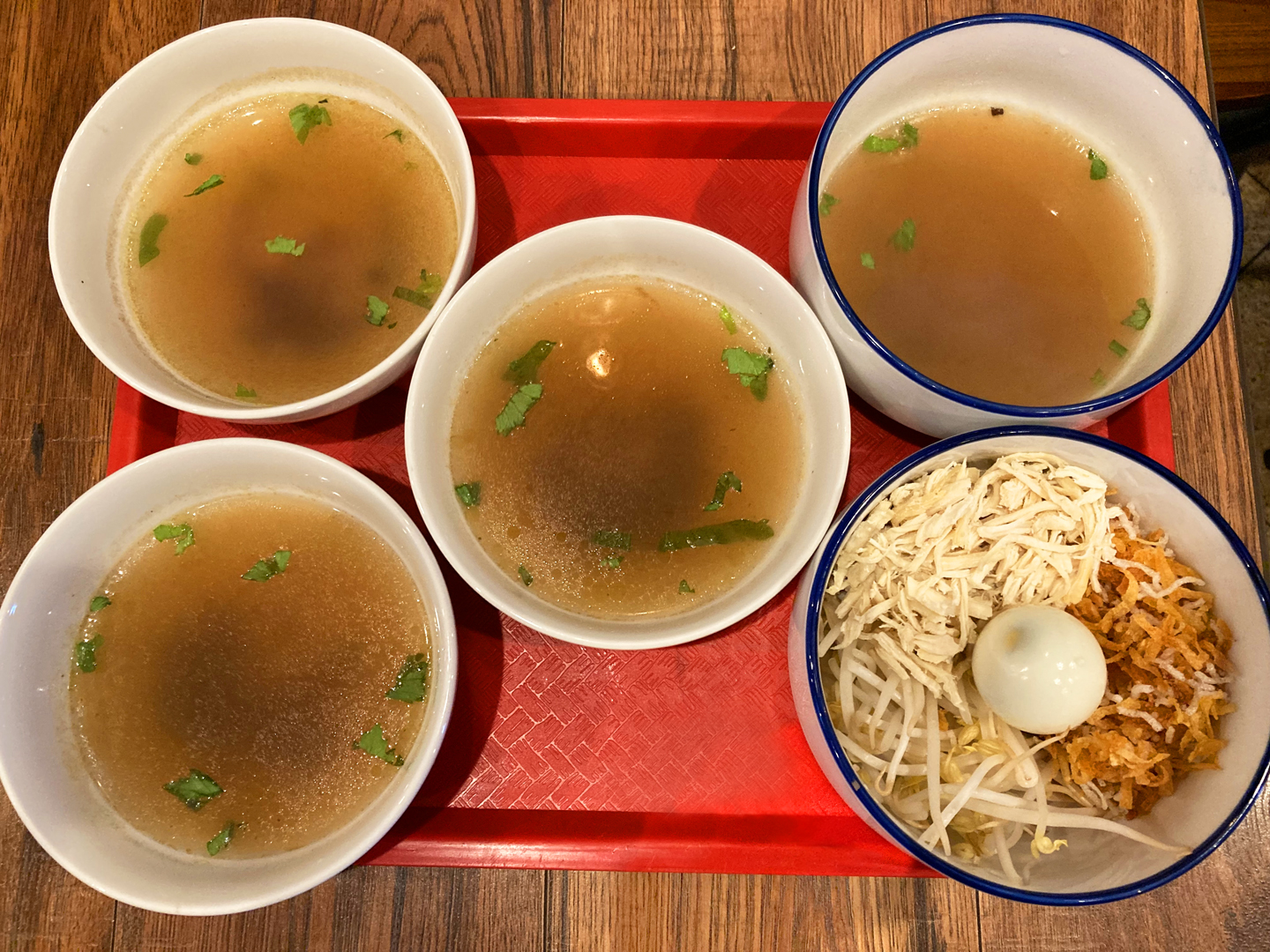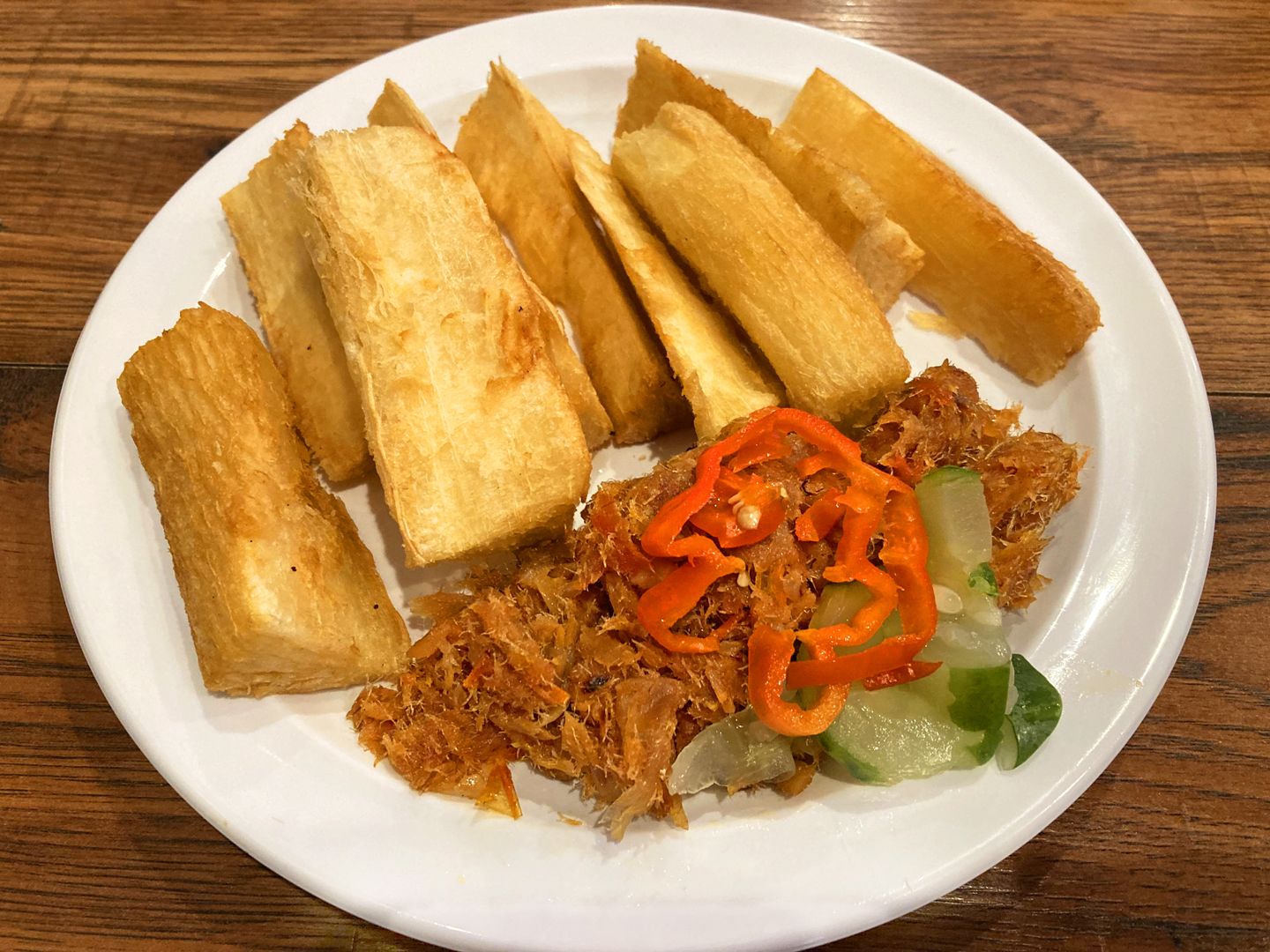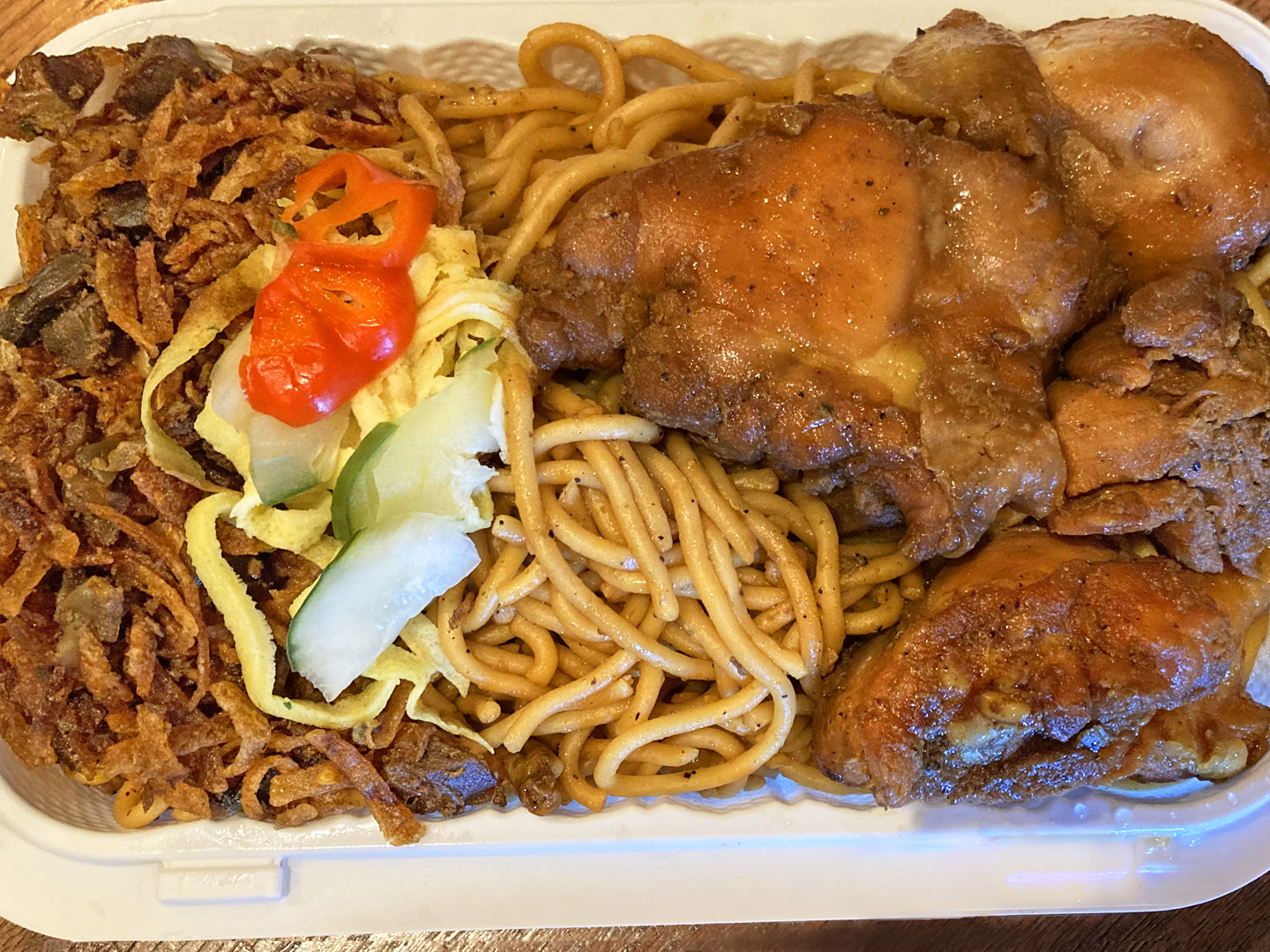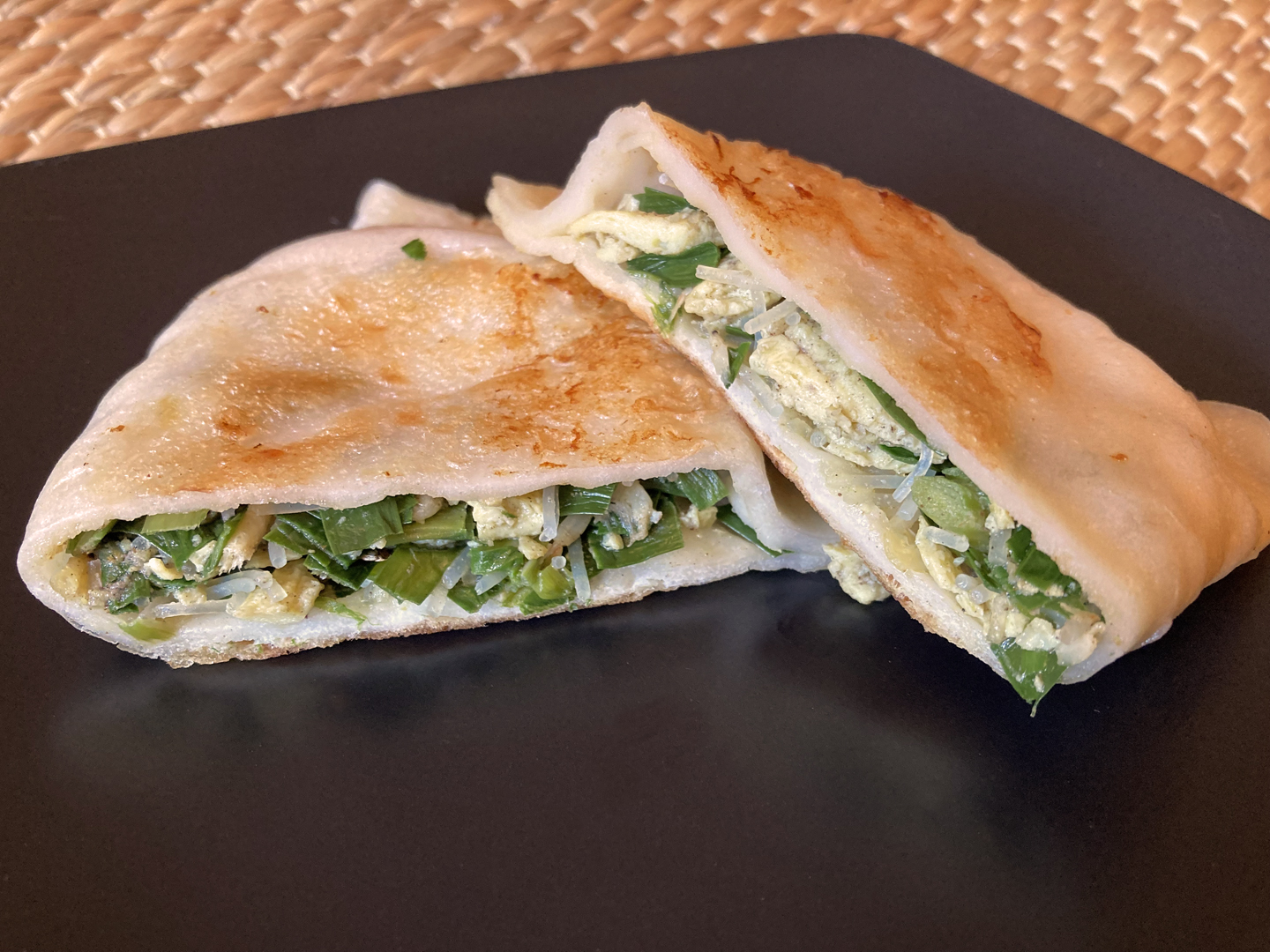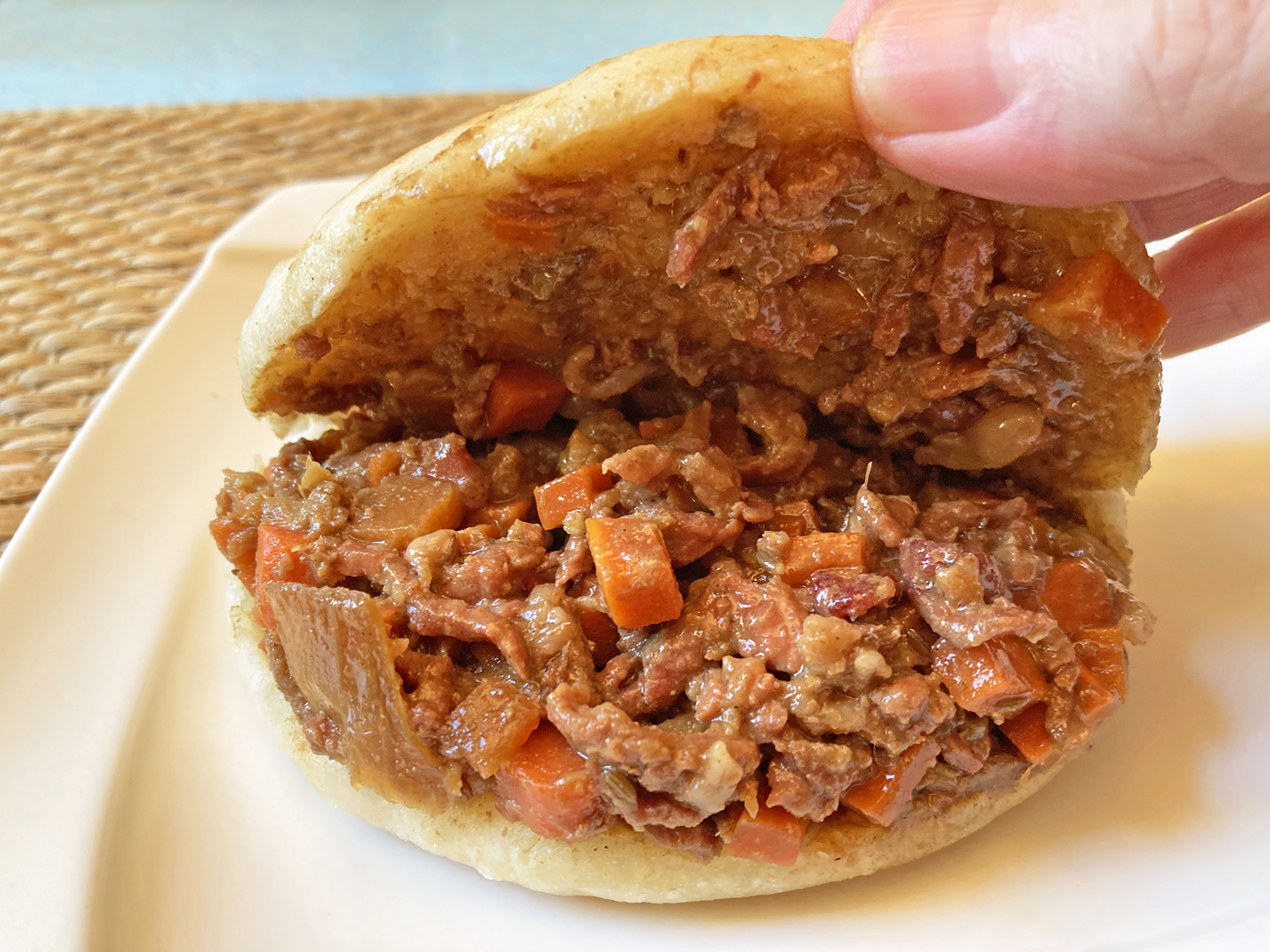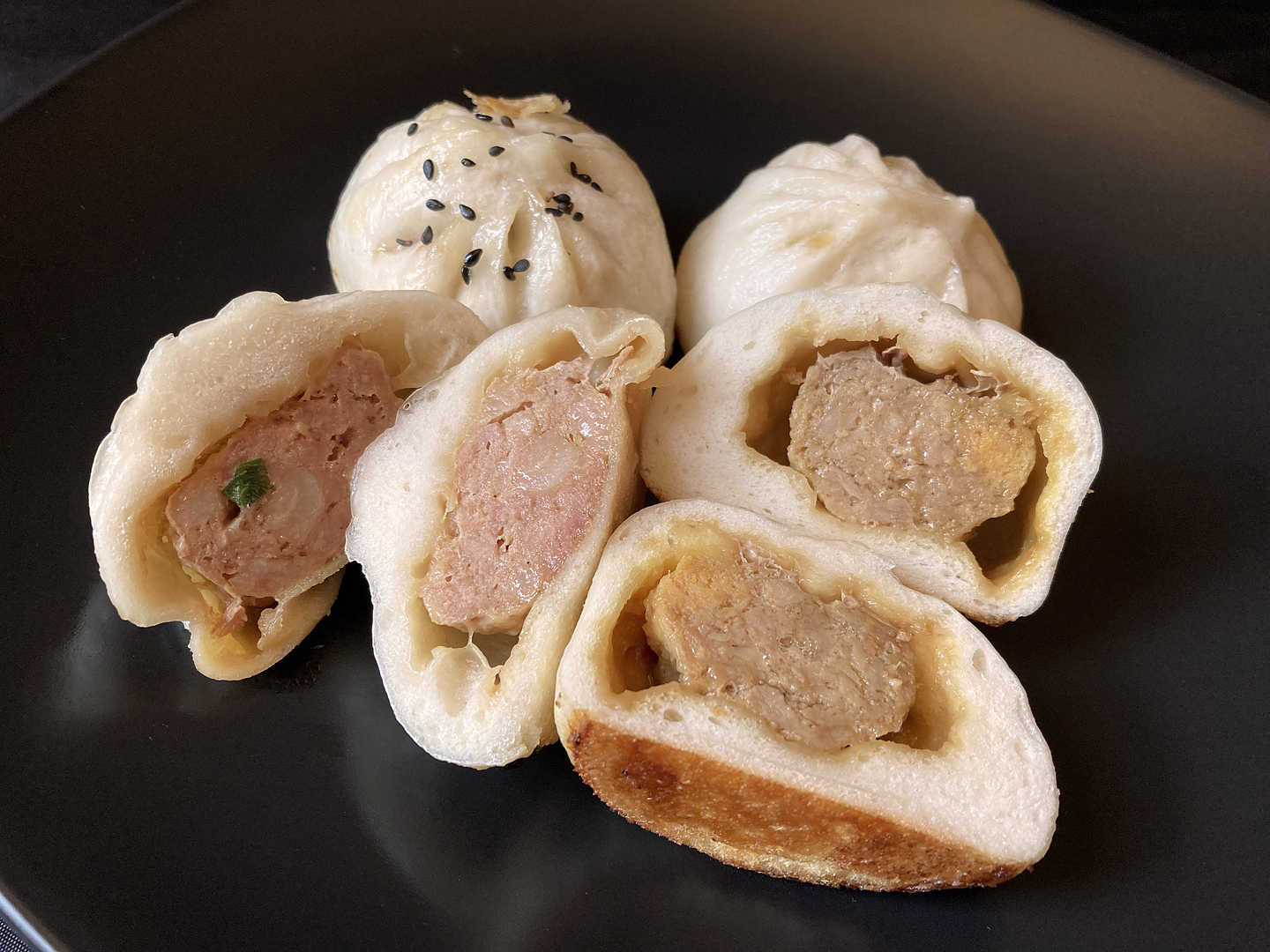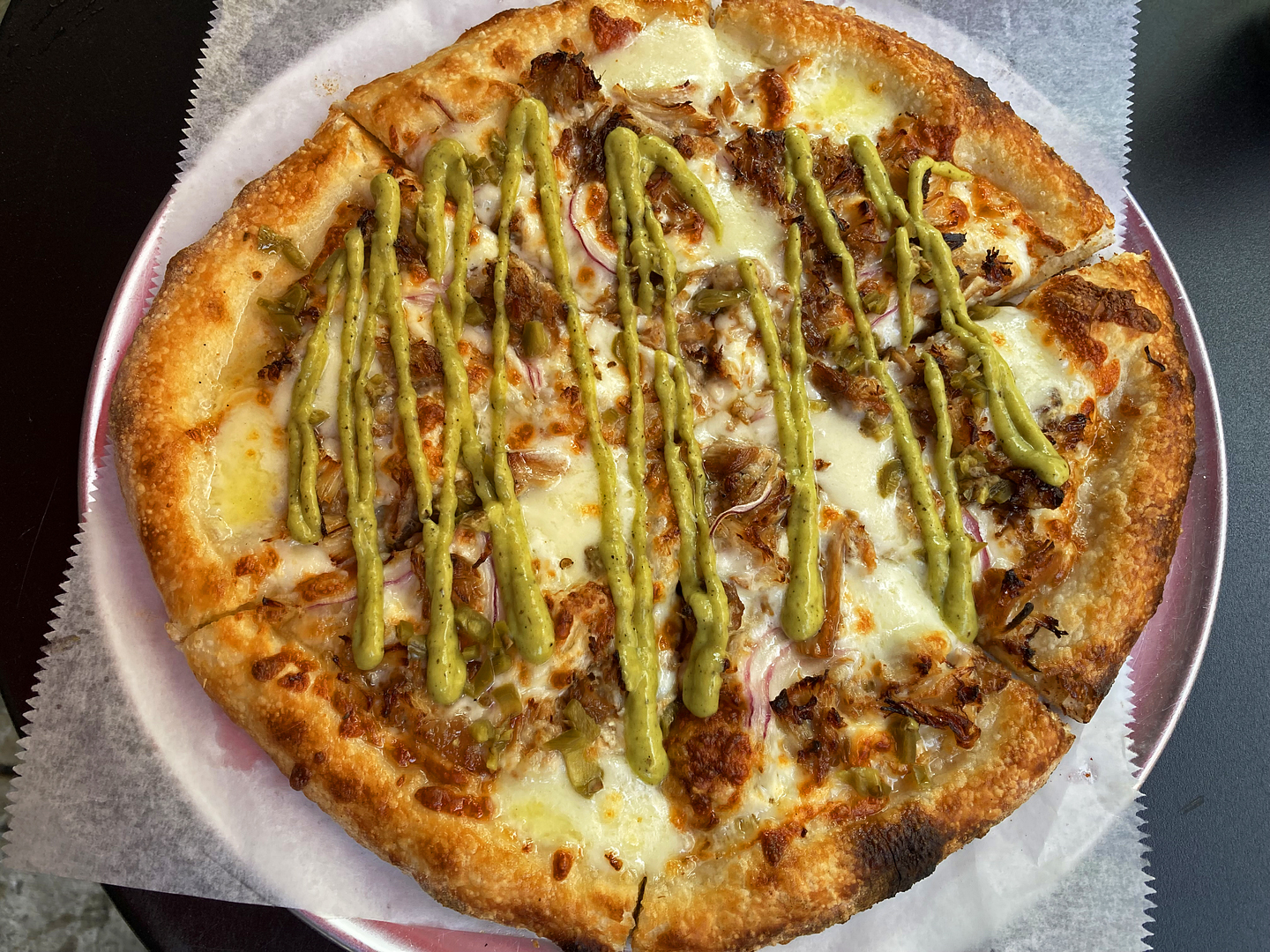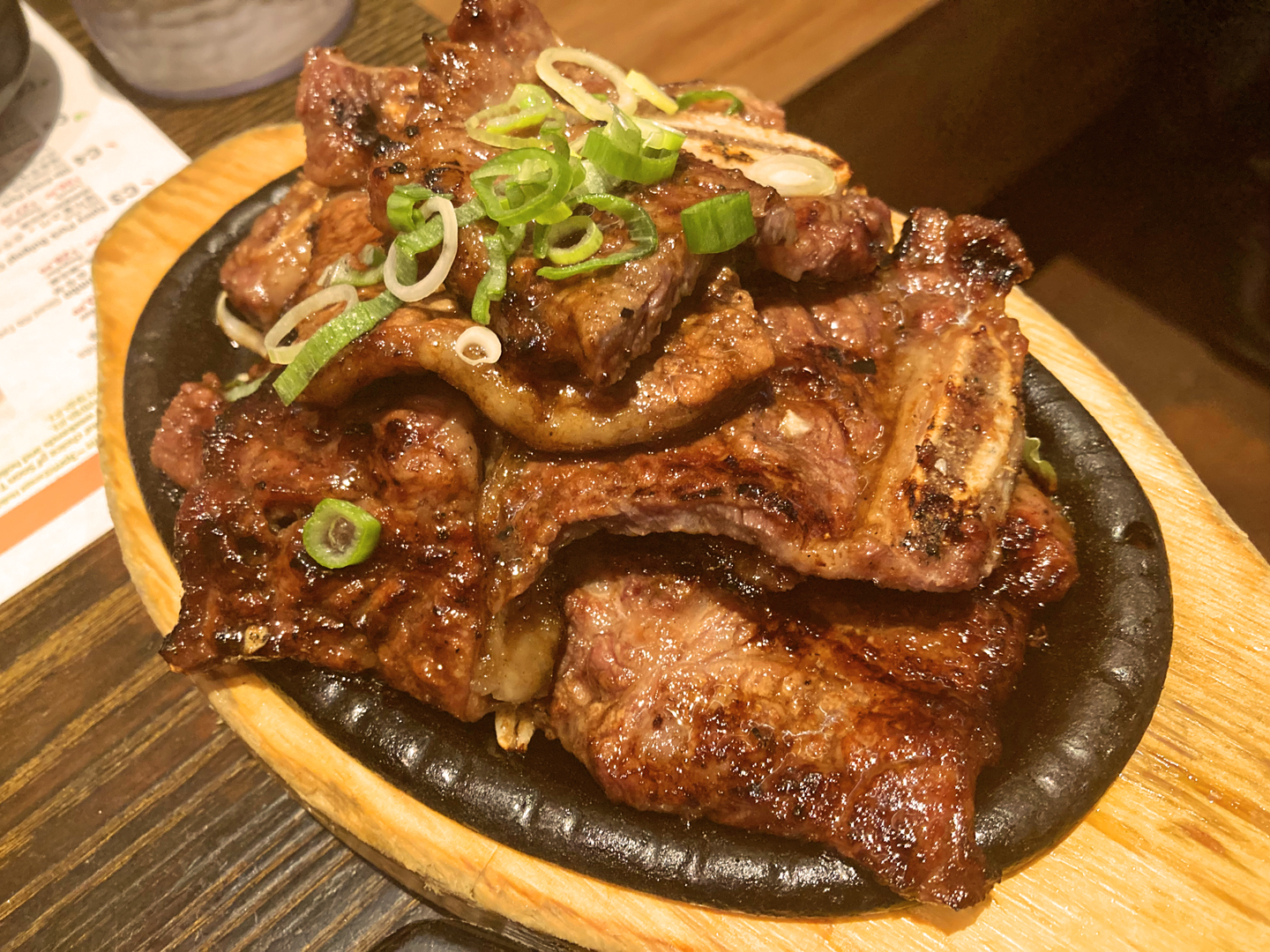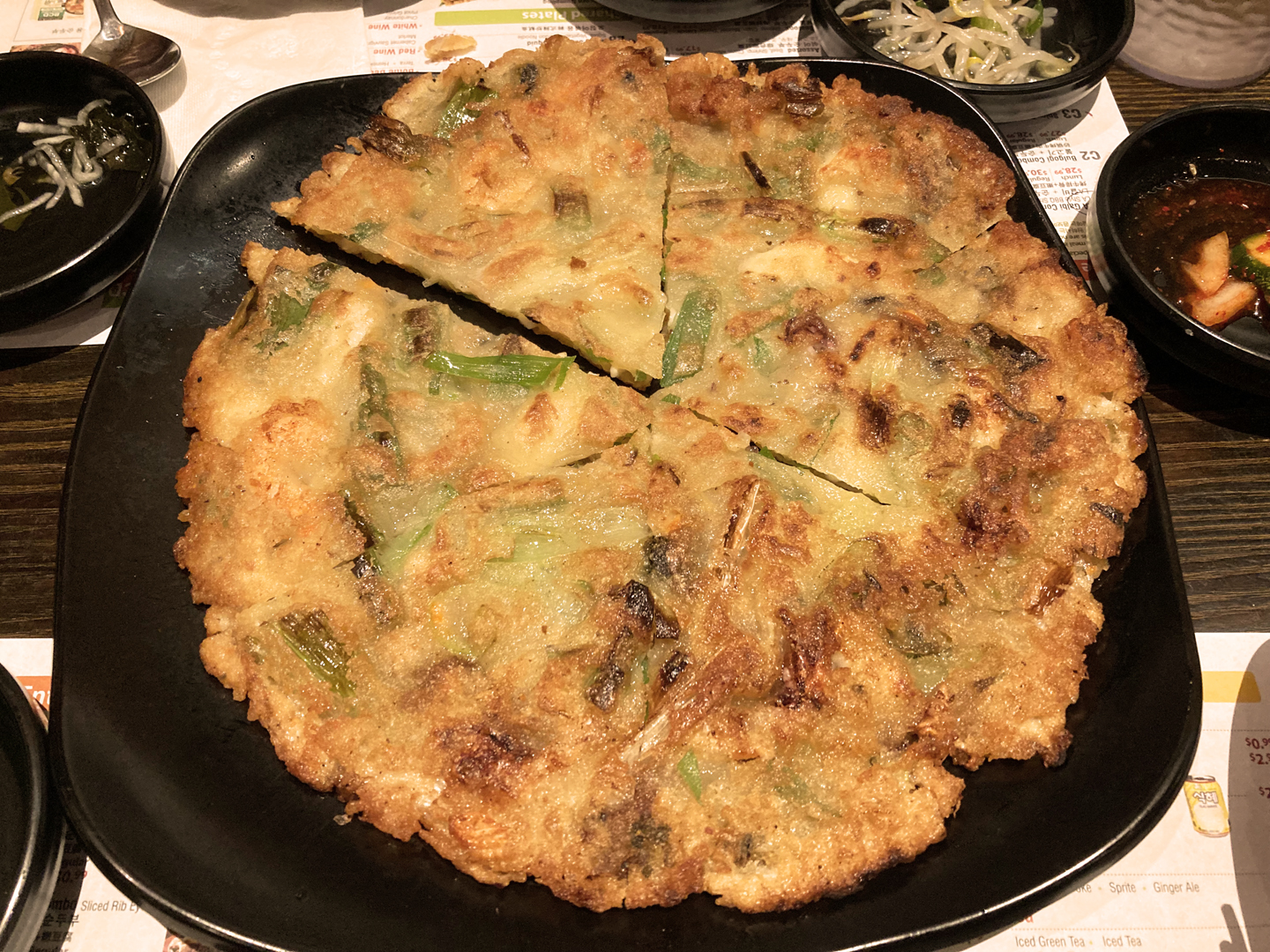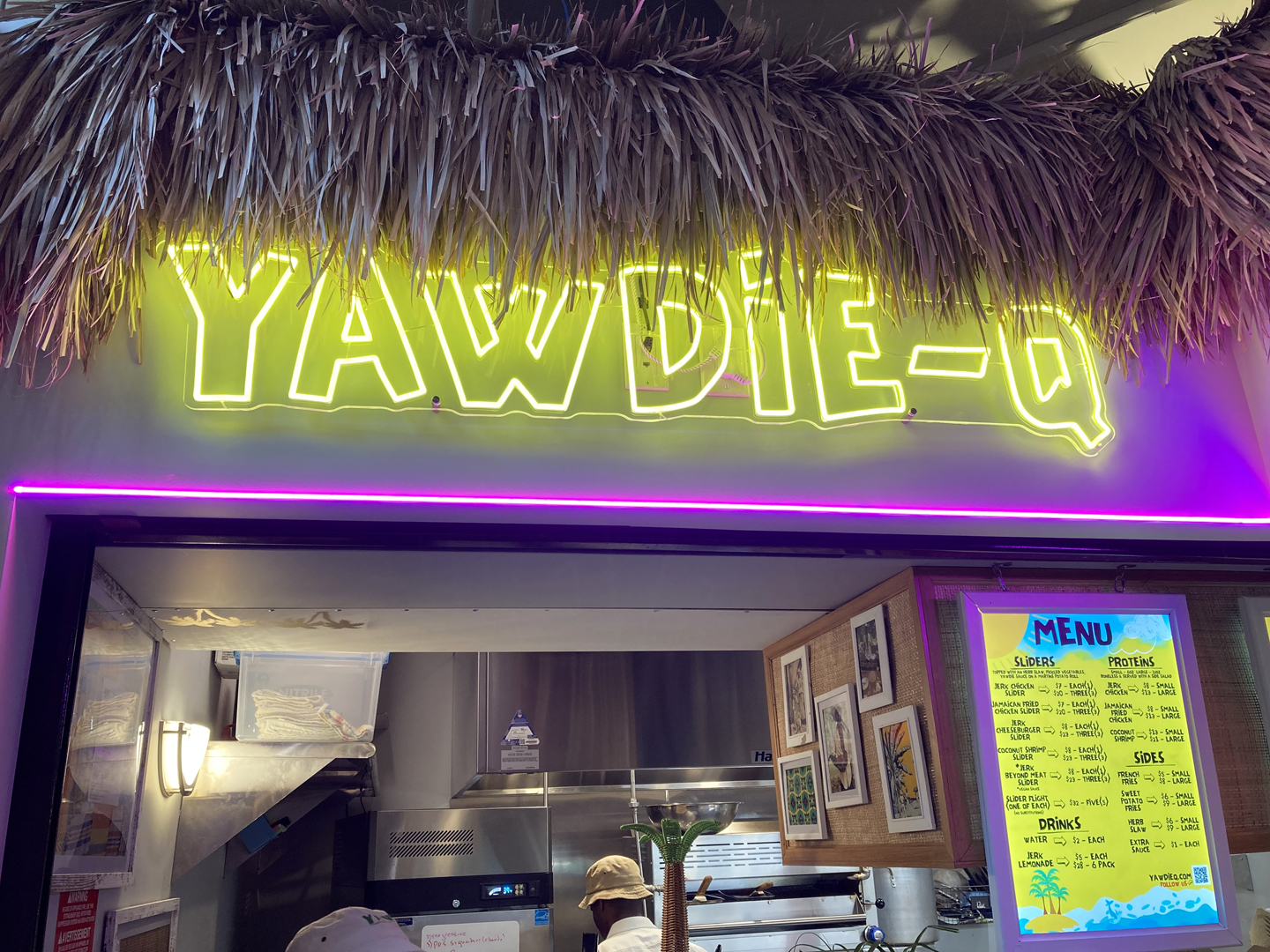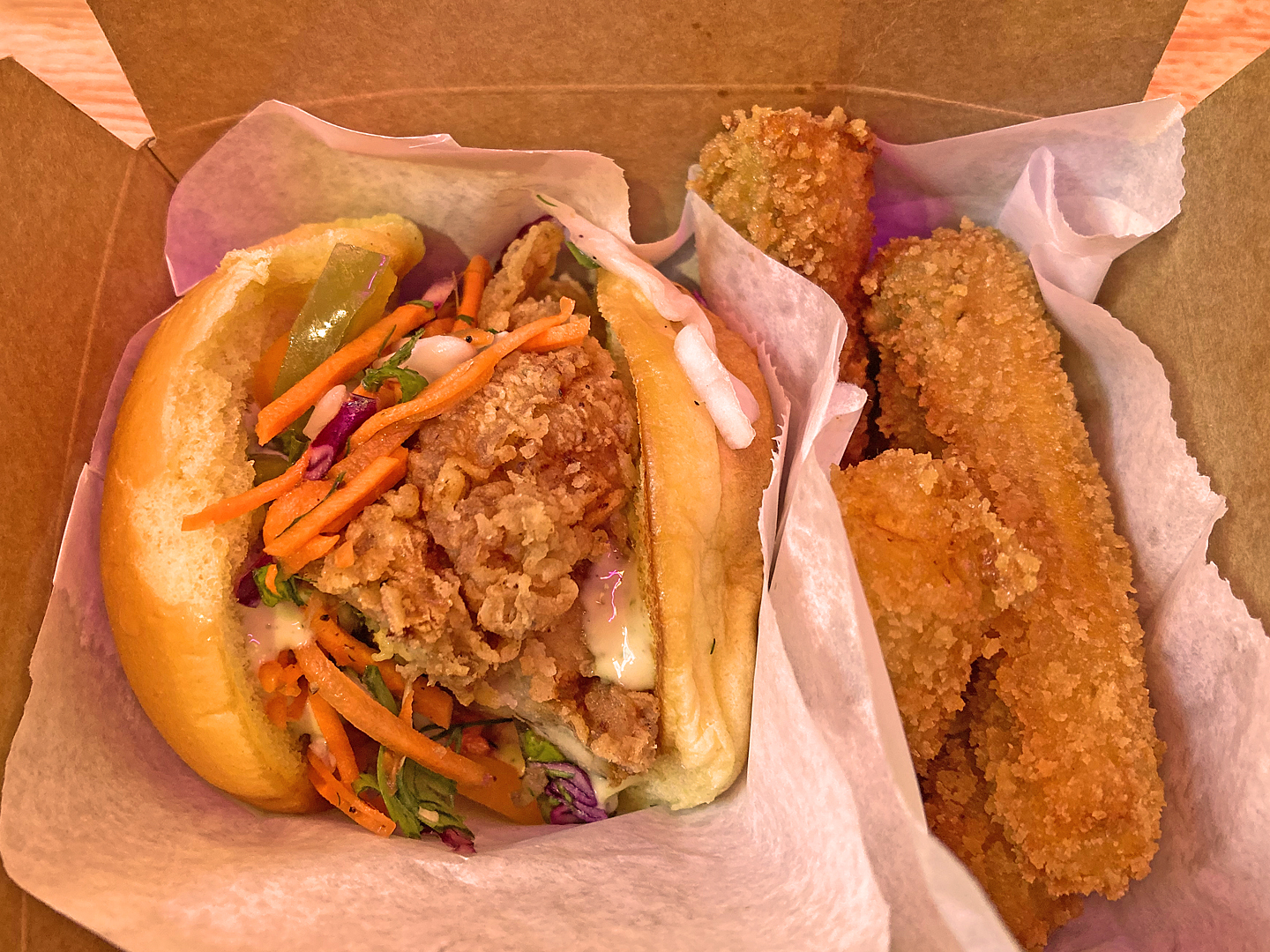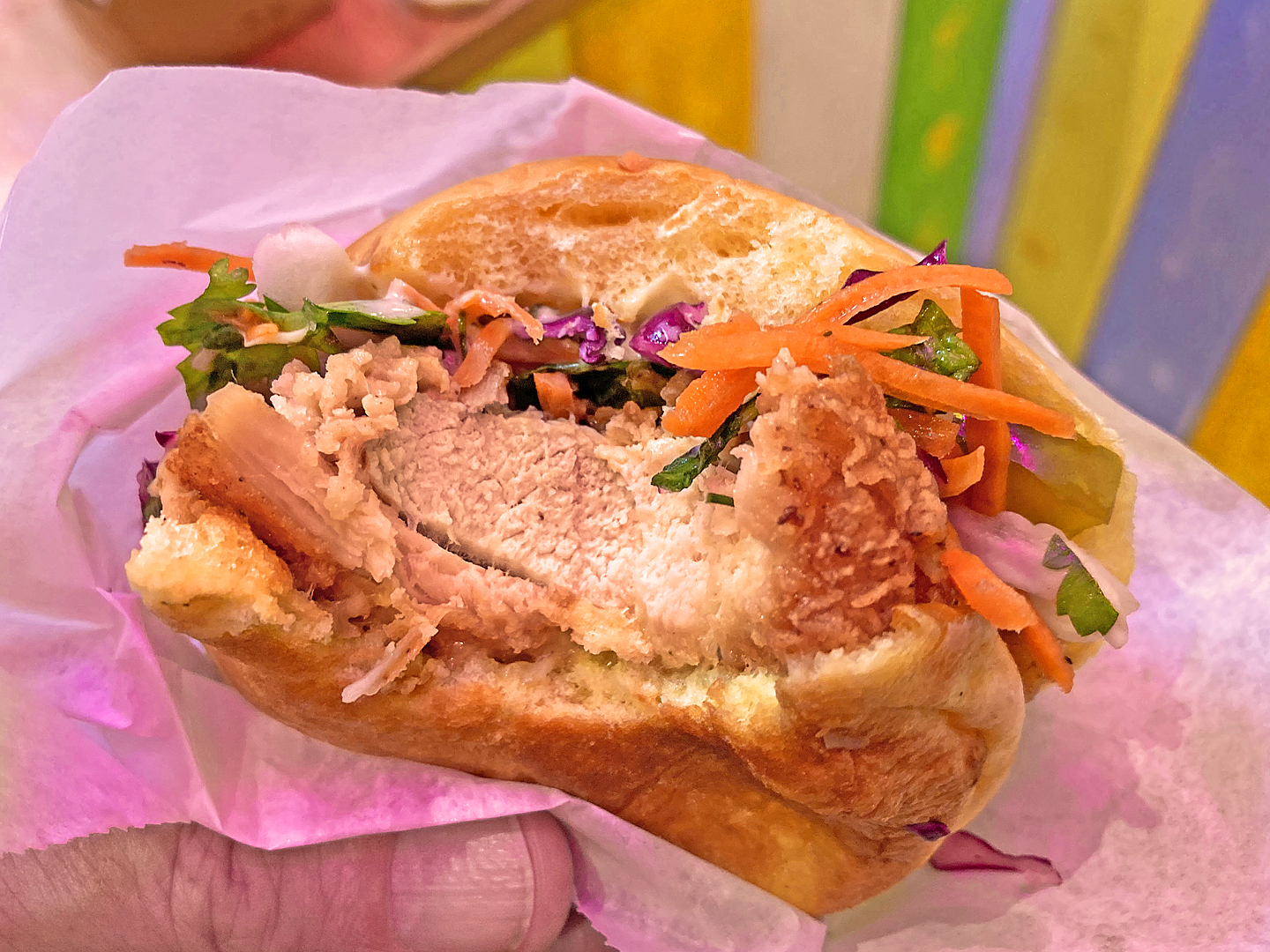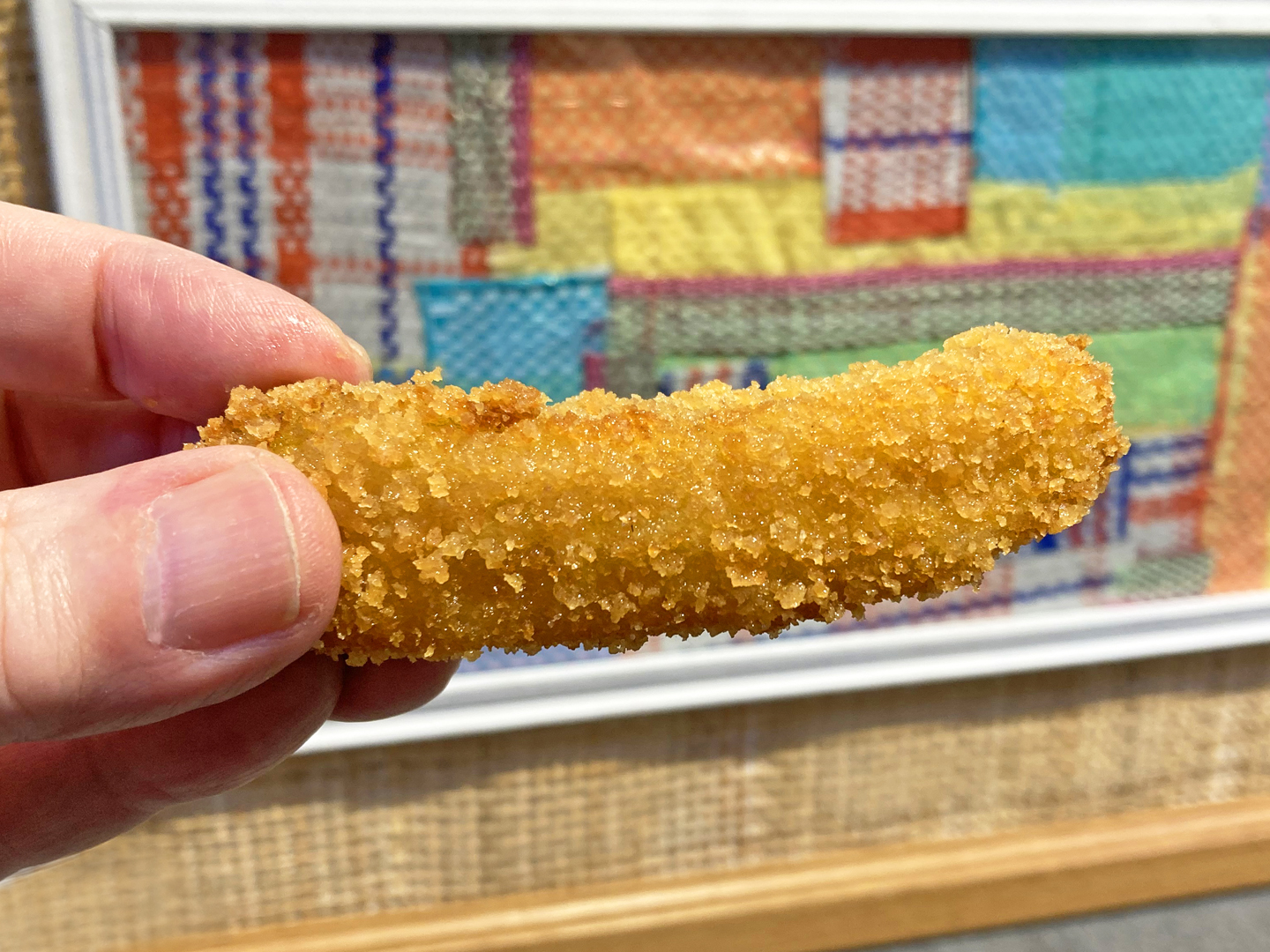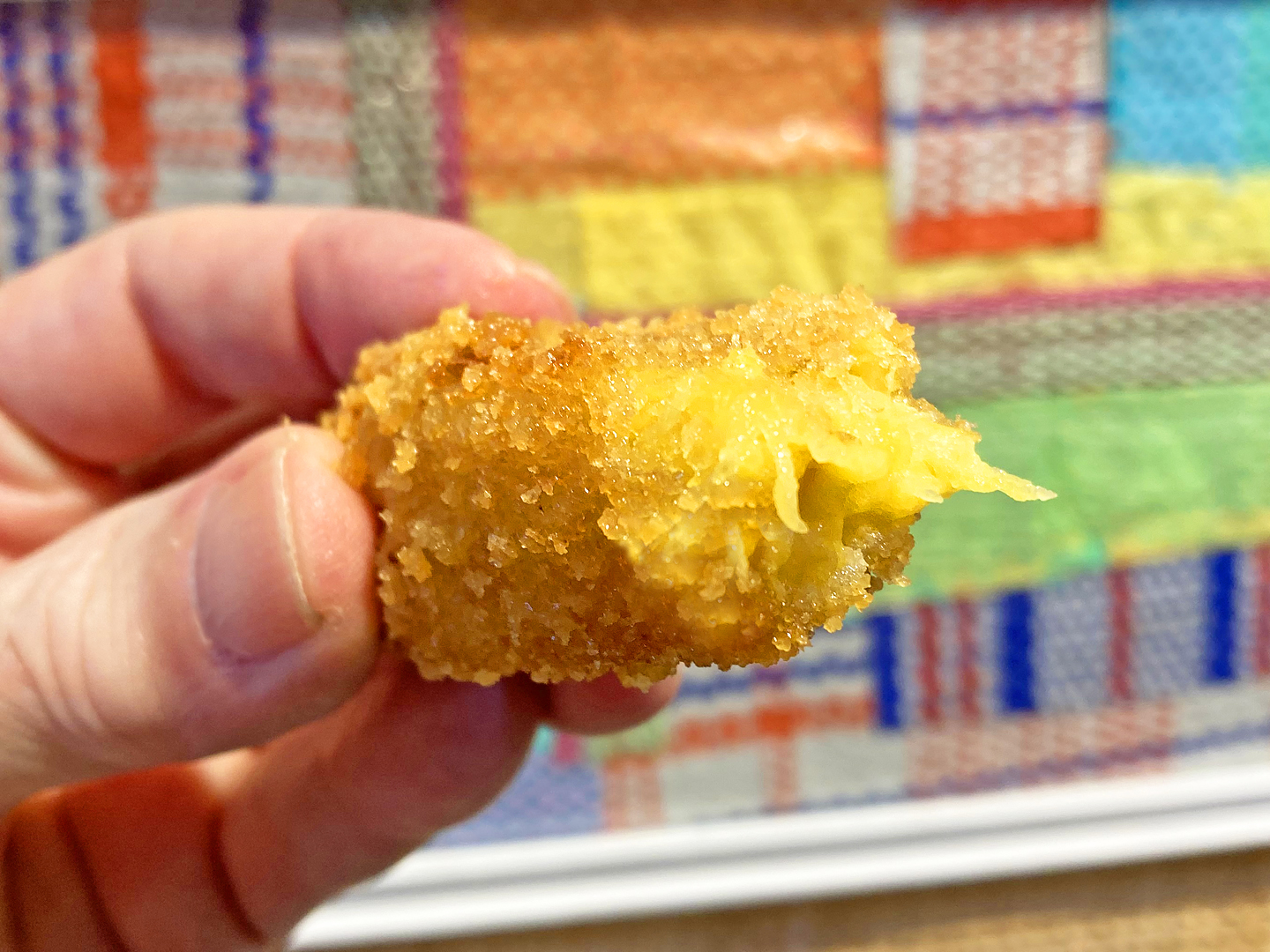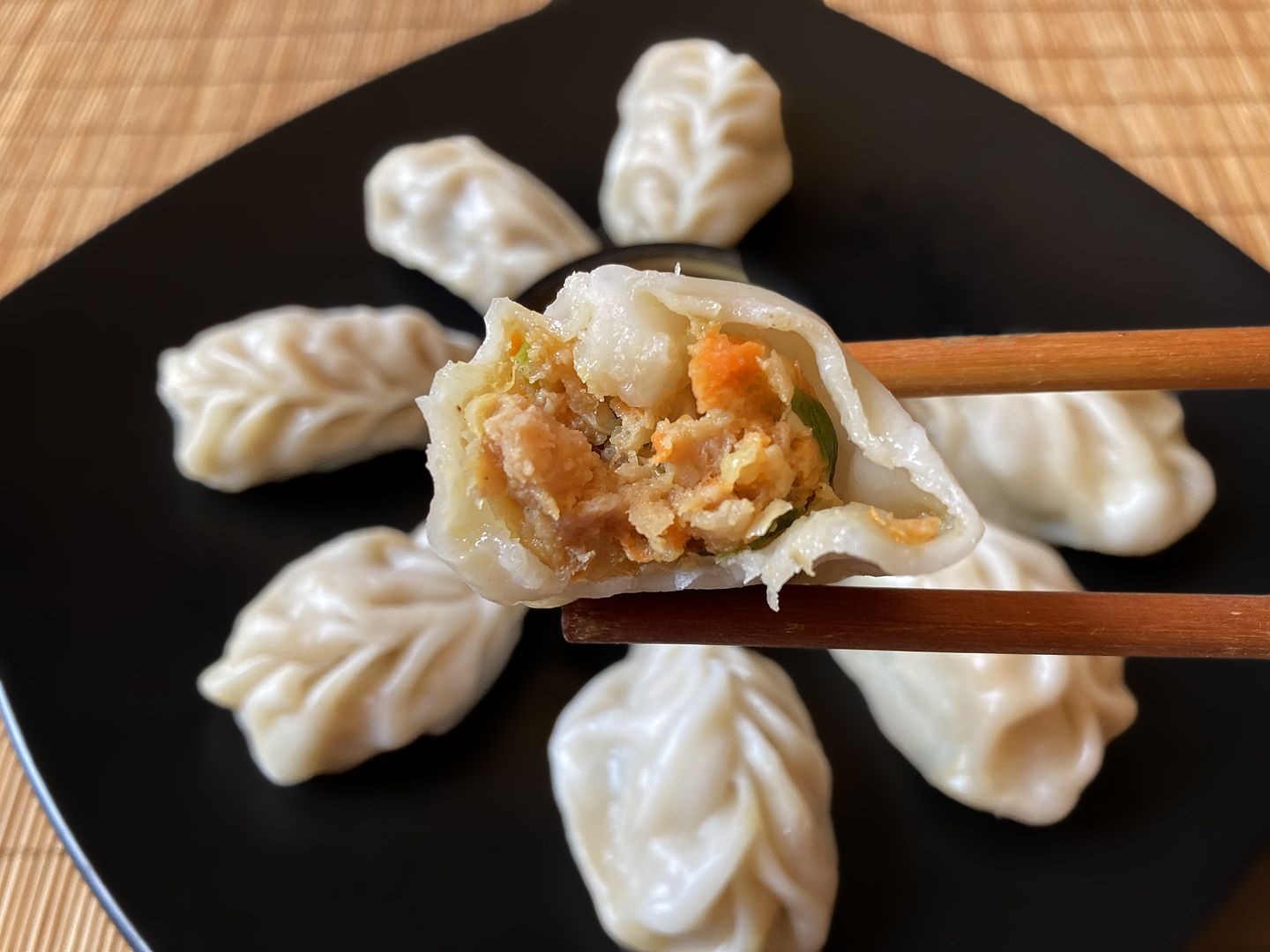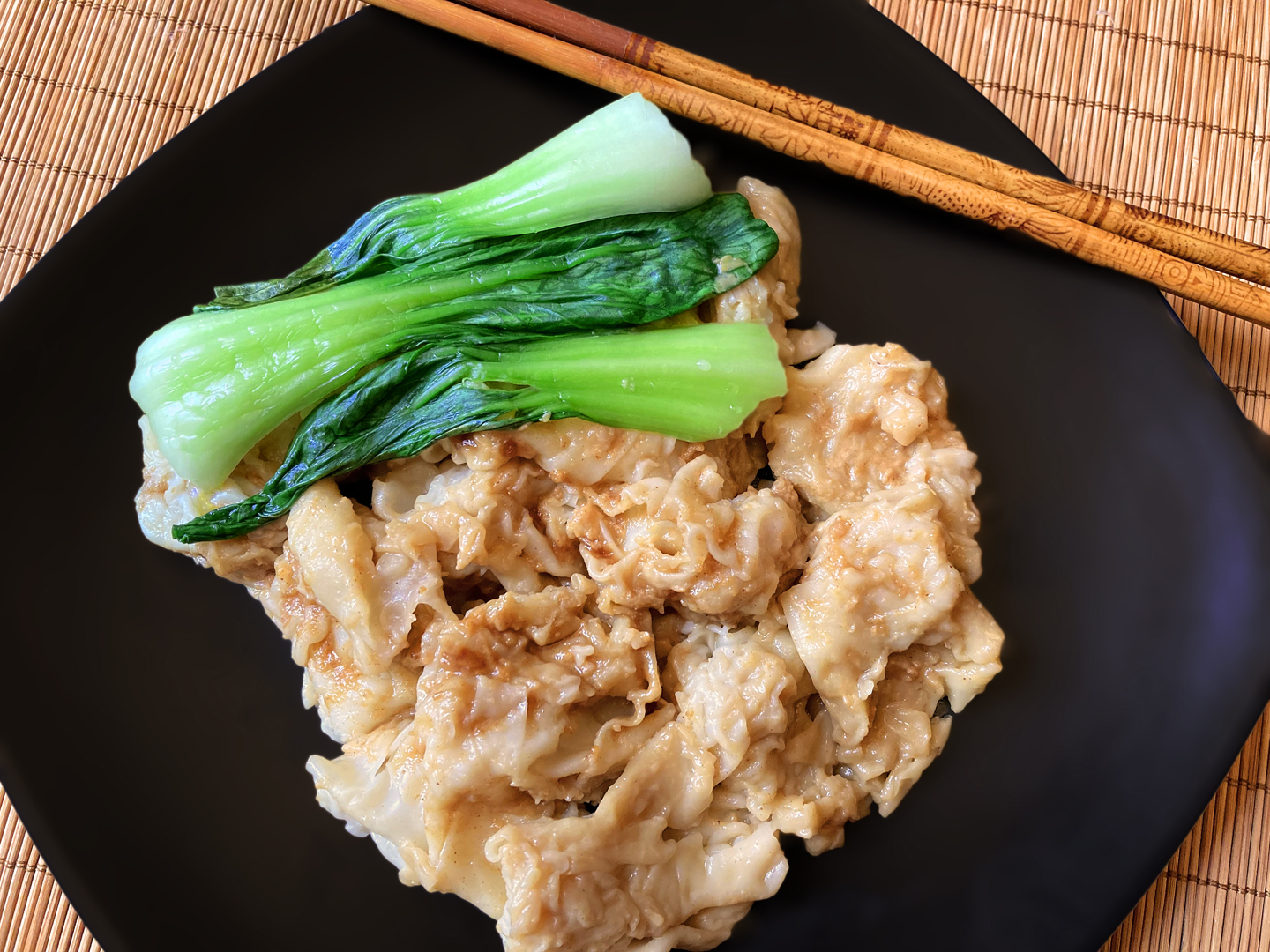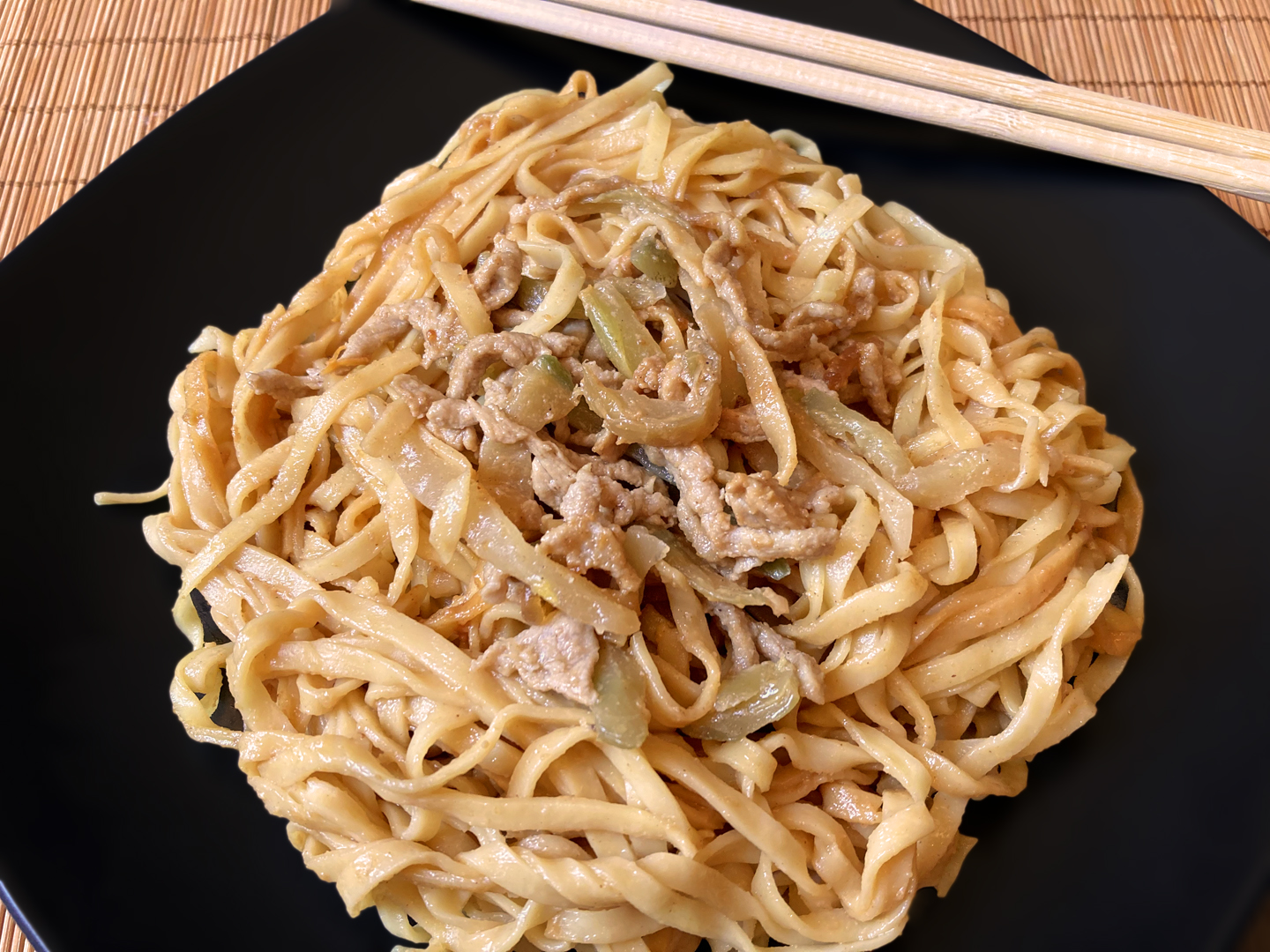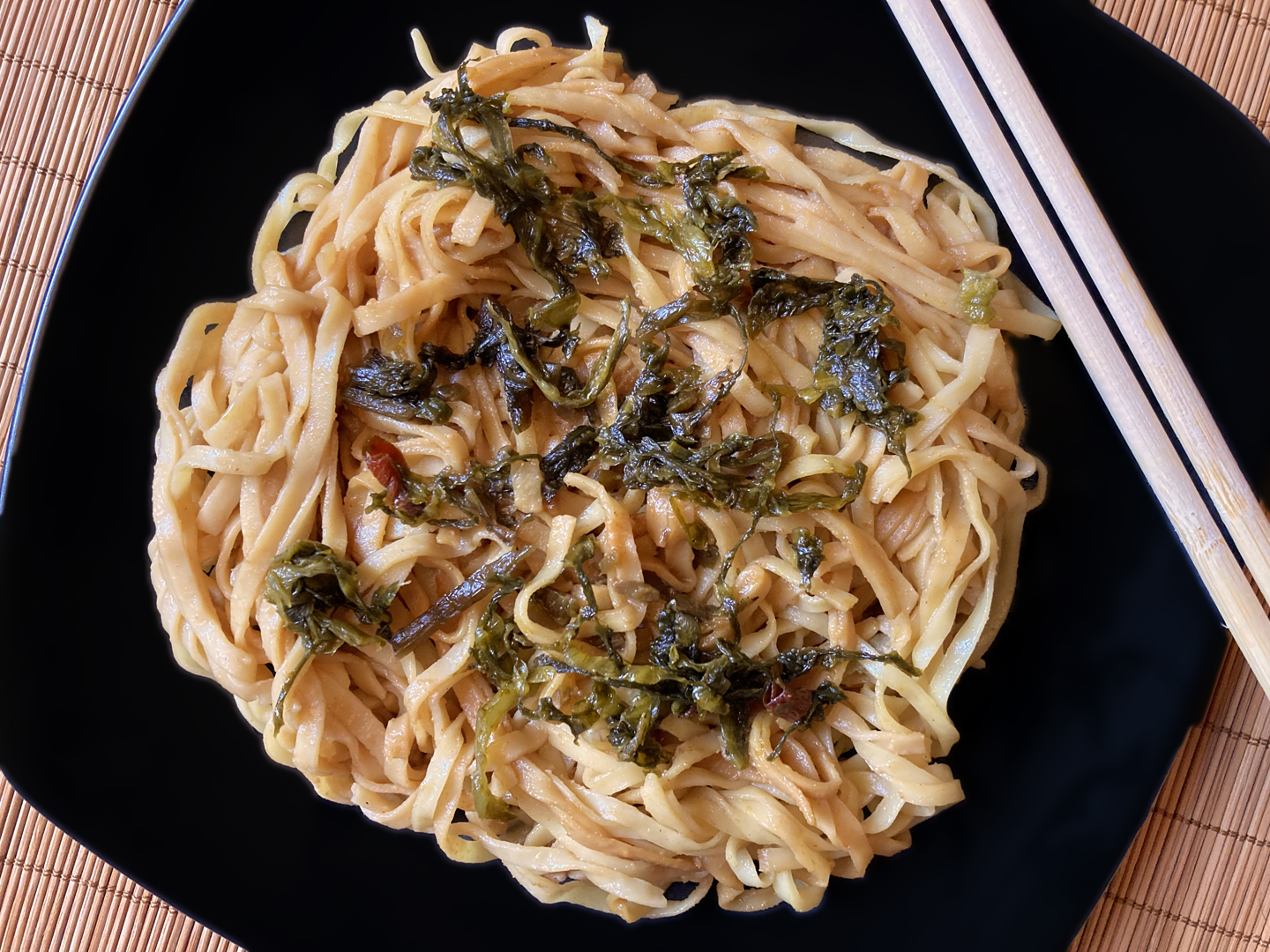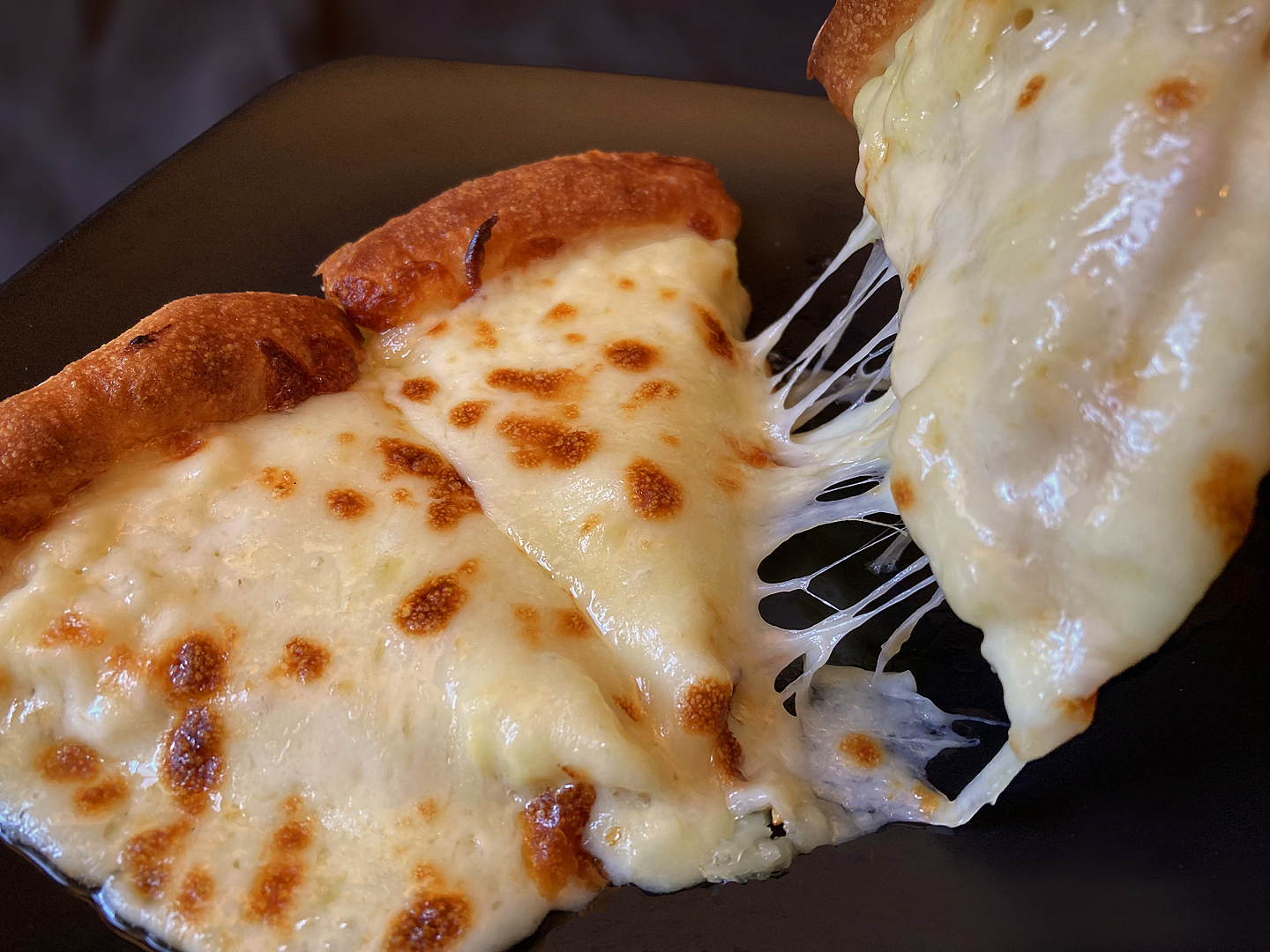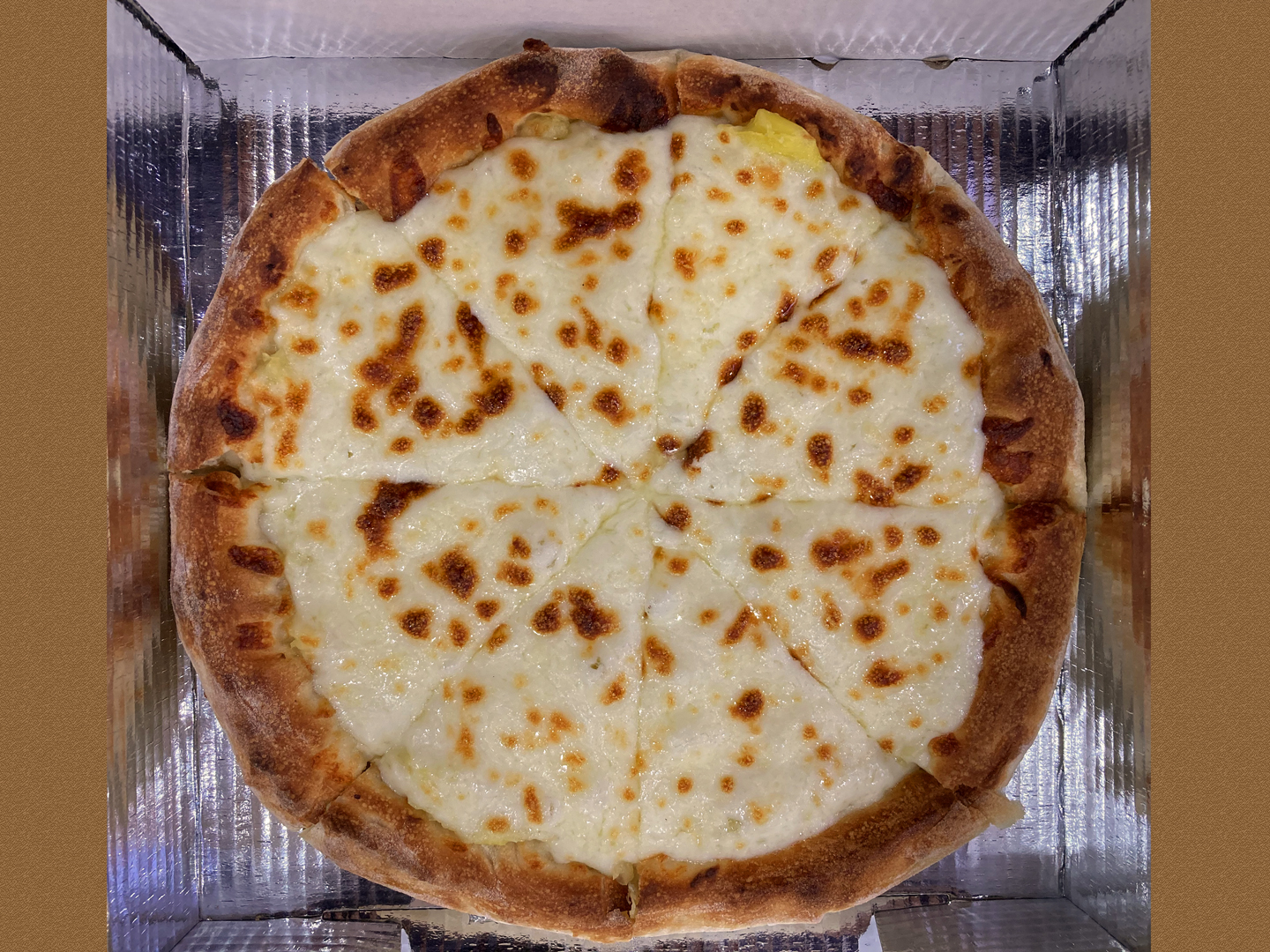Shhh!!!
Its name is Fu Zhou Wei Zhong Wei Jia Xiang Feng Wei which essentially means “tasty Fuzhou hometown flavor.” Or WZW for short. Until about five years ago, this unique restaurant featured an extensive menu but COVID did what pandemics do and they reinvented themselves as a wholesale operation. Since then, they’ve re-reinvented themselves and currently offer a scaled-down selection of first-rate Fujianese soups, dumplings and buns.
There are two ways you can experience this stalwart Chinatown treasure for yourself:
Go to 88 East Broadway, walk down a few steps toward the row of plate glass doors, open the leftmost door (the only one that isn’t locked), enter and go left, then around, then downstairs, then straight. You’ll pass mostly vacant and abandoned offices, shop fronts, and the precious few businesses that remain. Keep going until you come to WZW.
Or…
Use the side entrance on Forsyth St and go directly downstairs.
But tell me, where’s the fun in that?
WZW wasn’t well known to casual tourists but so many foodie cognoscenti and tour guides shared their best-kept secret that before long a critical mass of Chinatown devotees discovered this treasure. And now you’re in on the secret too. If you weren’t already.
From our last visit: Meat Paste Soup
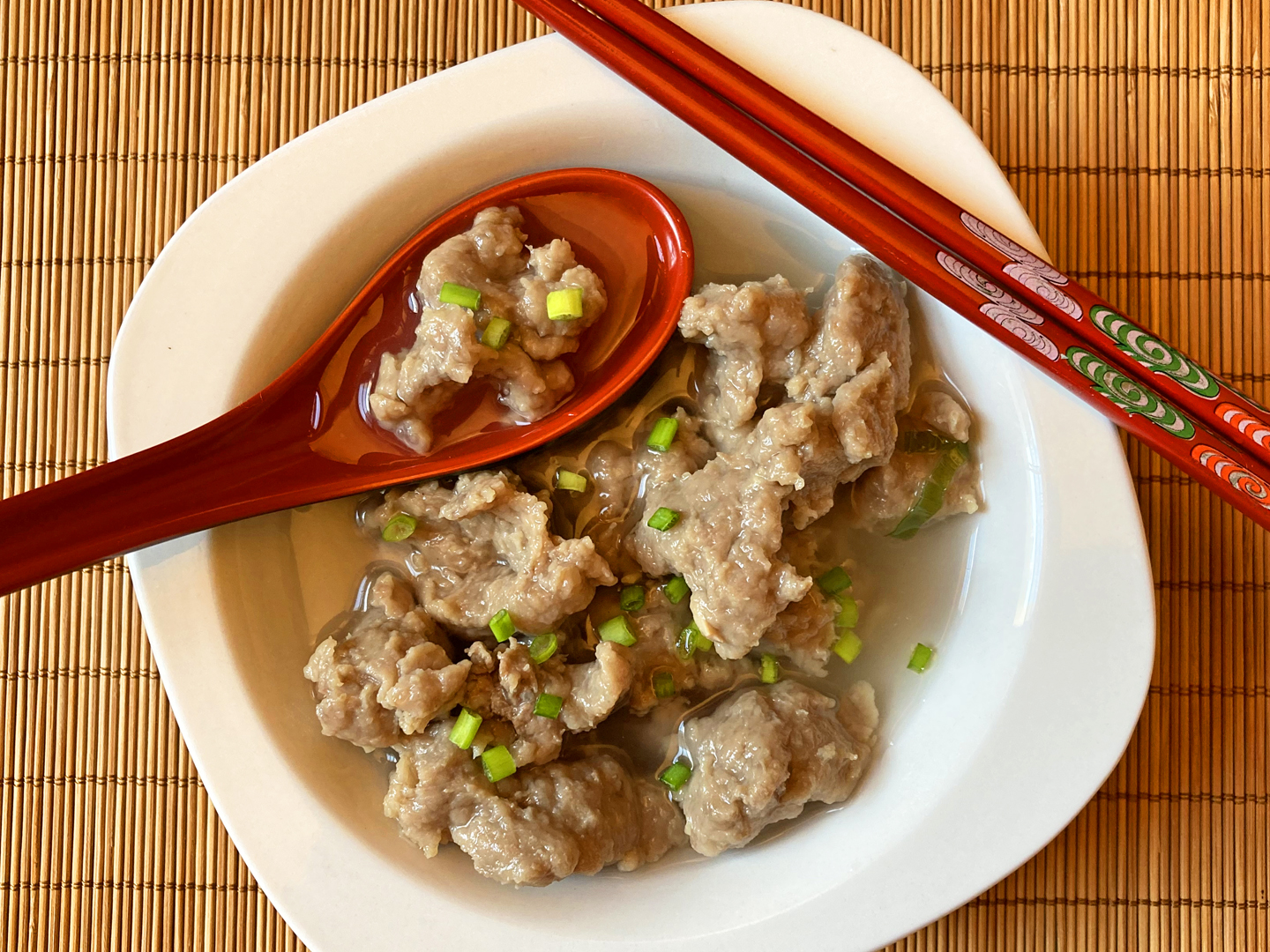
Fried Dumplings

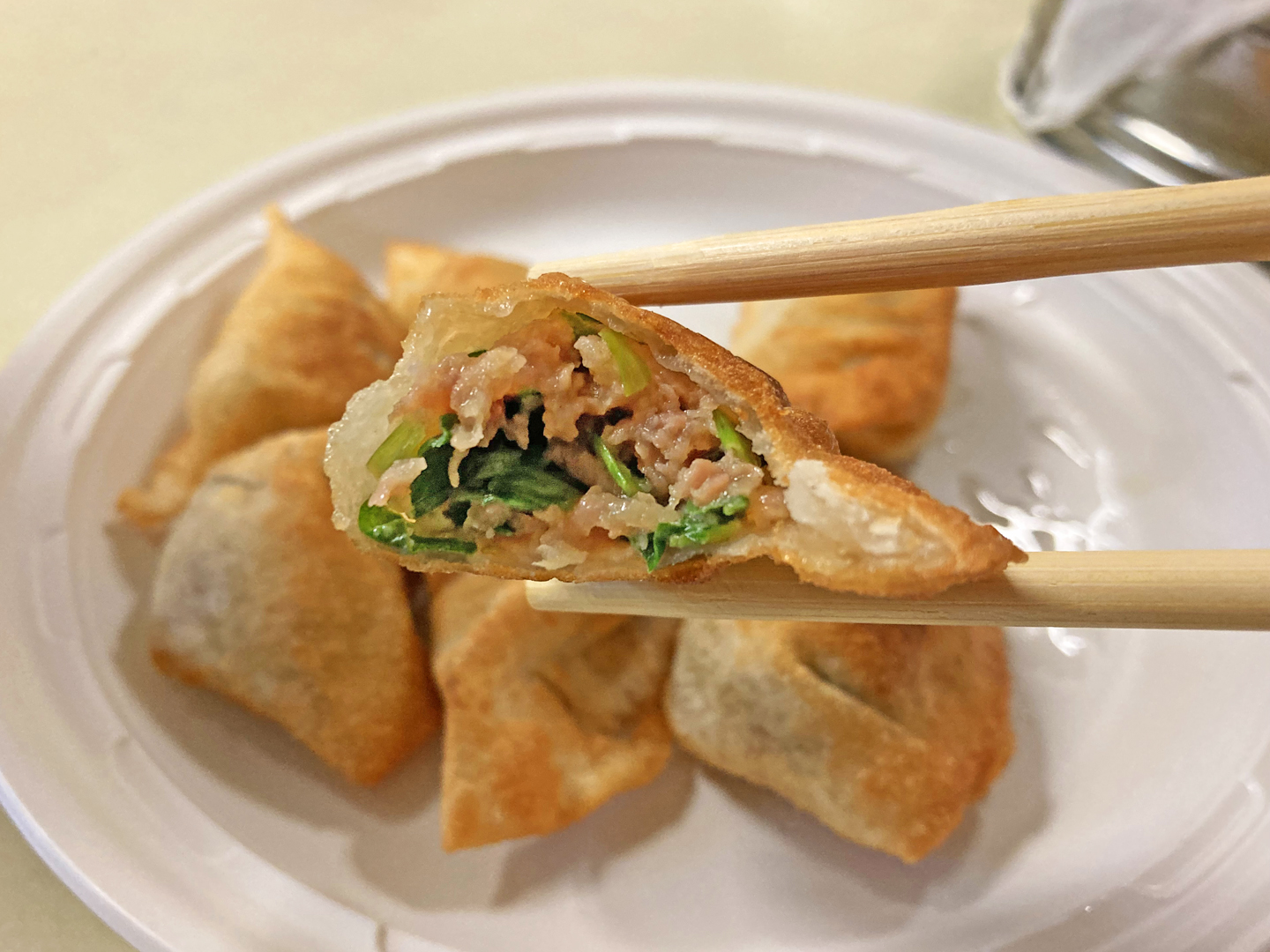
Small Steamed Buns


Steamed Dumplings
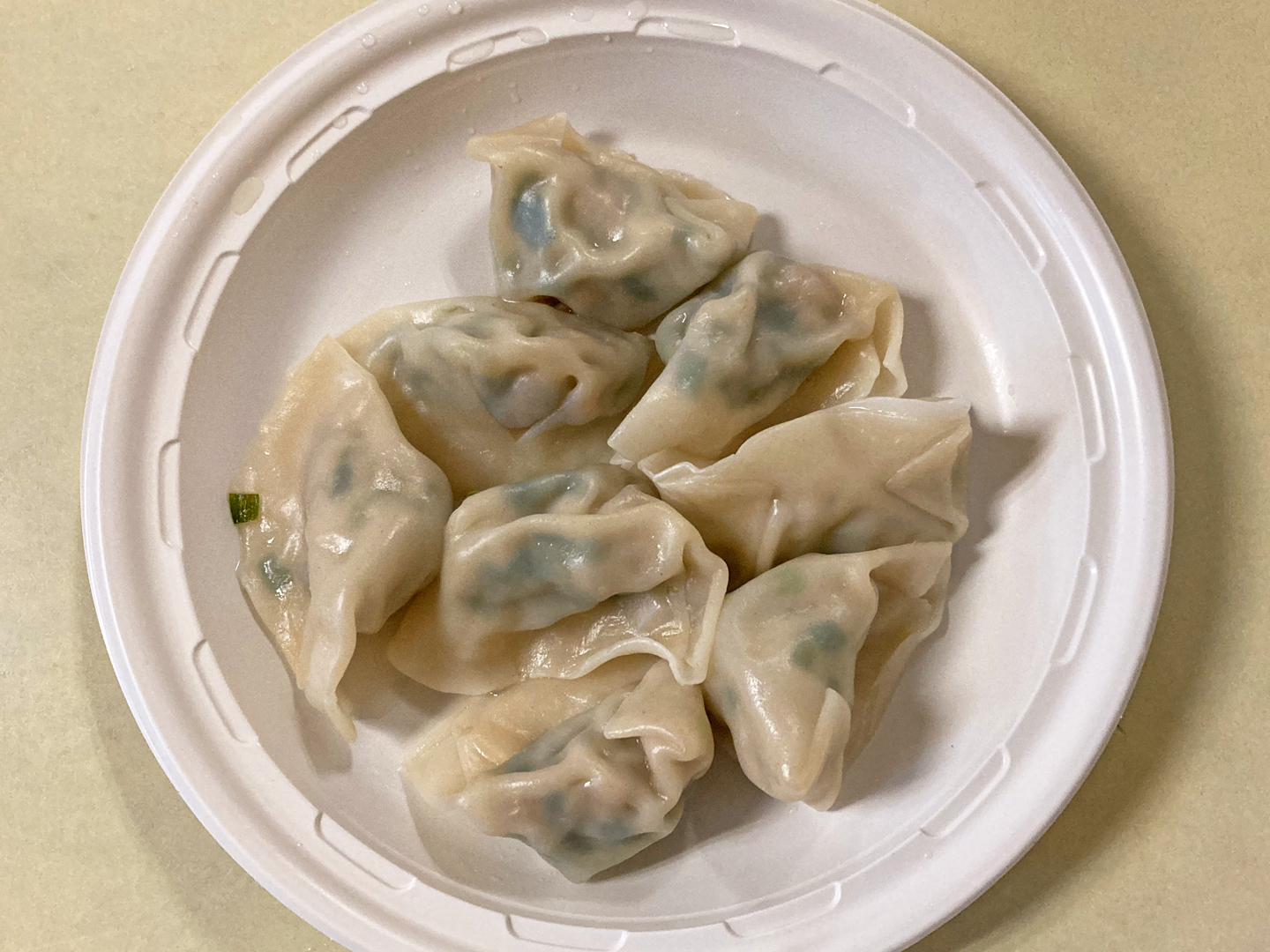
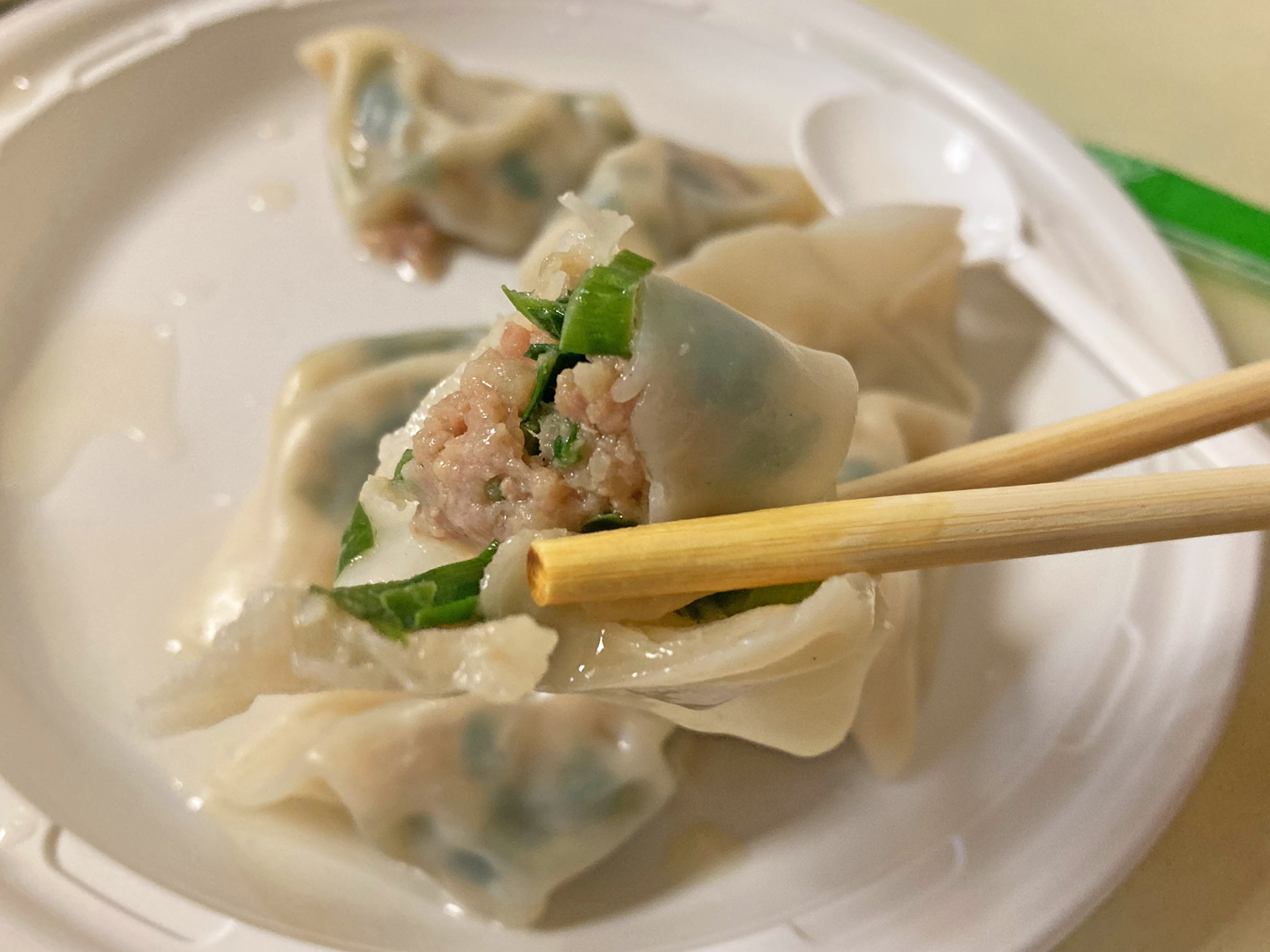
Fuzhou Dumplings with Soup
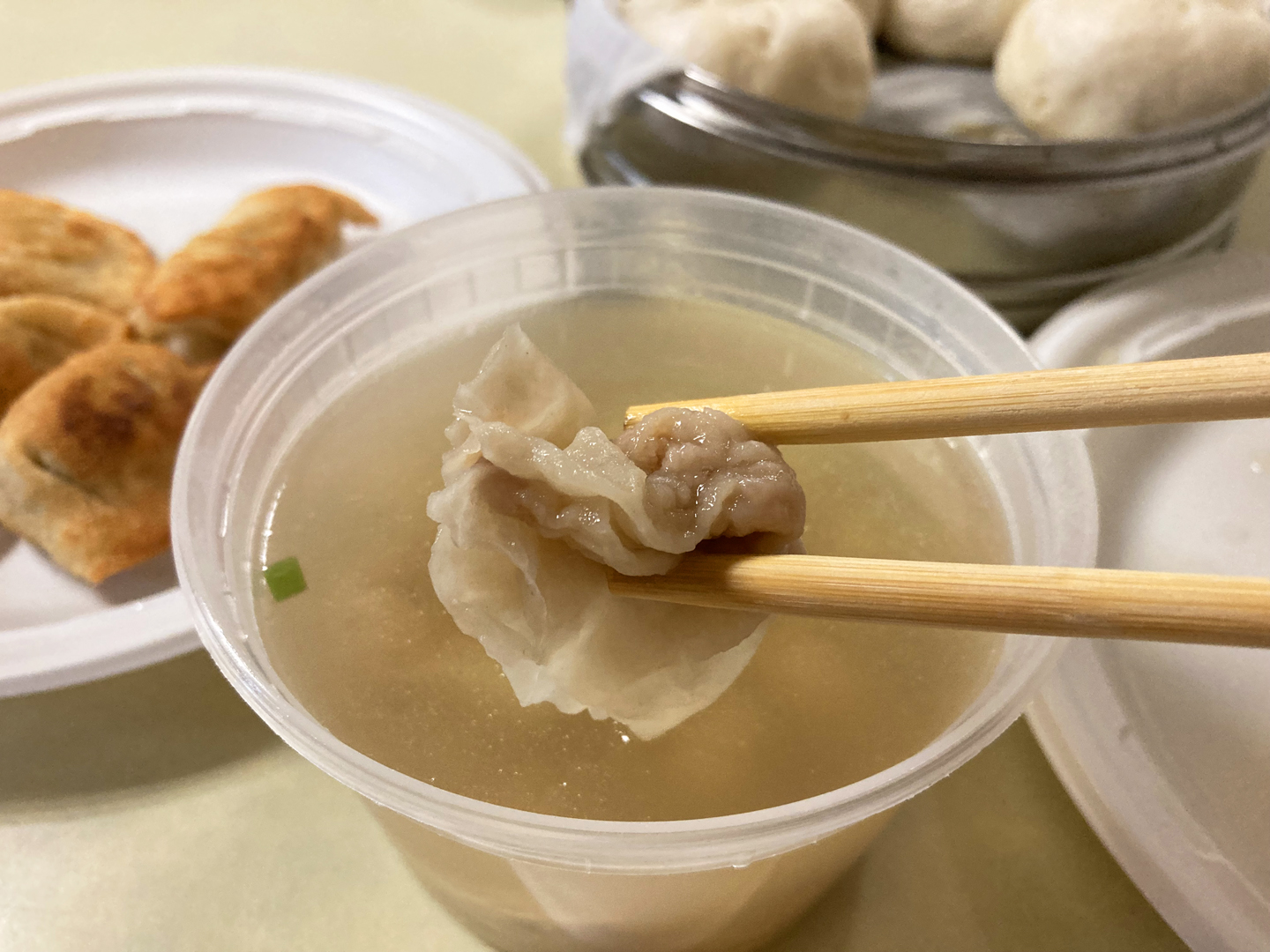
Bamboo Shoot Cake. I know they look like the sesame balls you’ve seen so many times before, but these are filled with bamboo shoots and pork. One of a kind.
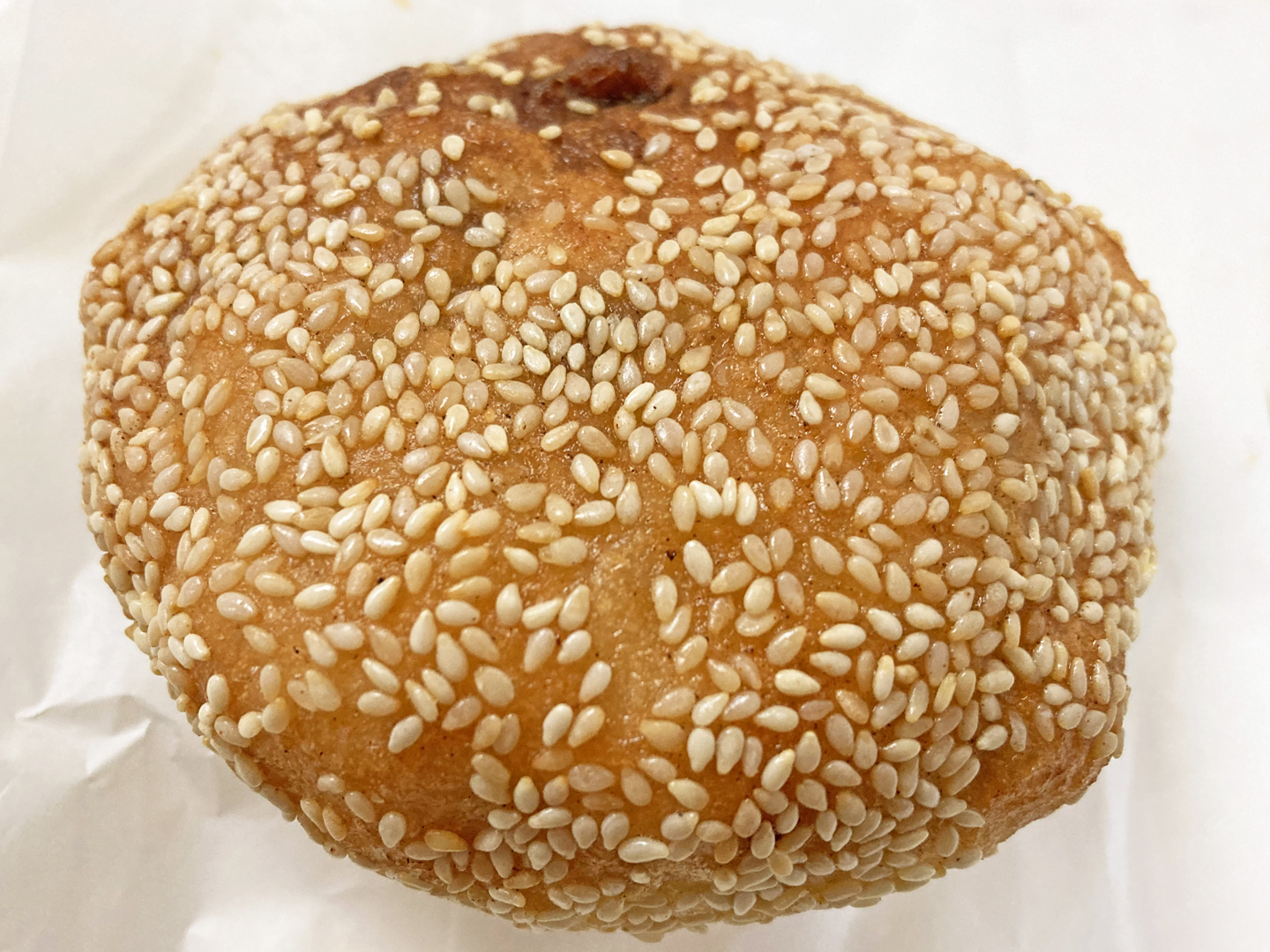
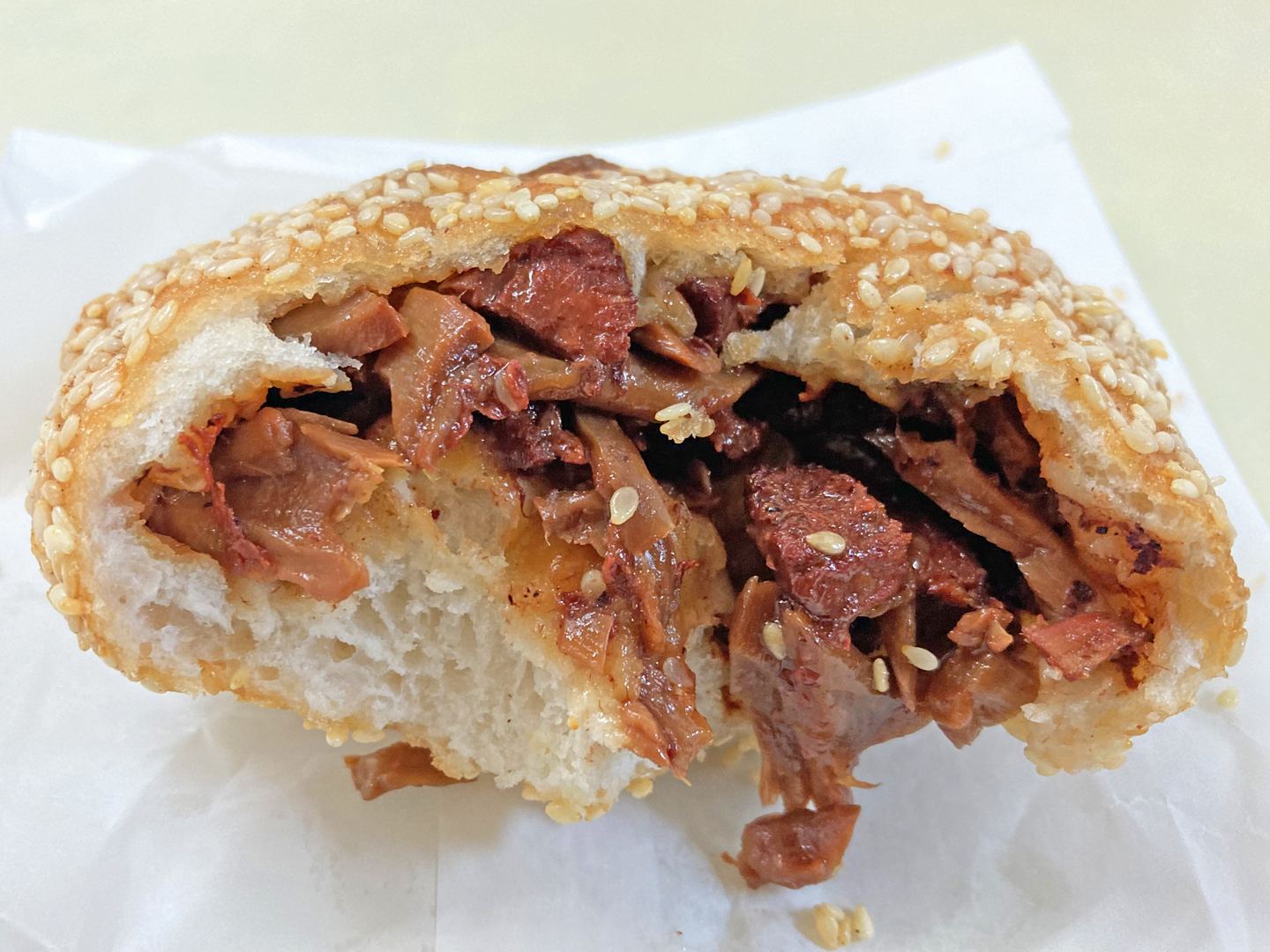
And yes, of course we always visit WZW on my “Not Your Ordinary Chinatown Tour.” Check it out here. These resolute folks deserve our loyalty and support!
Stay safe, be well, and eat whatever it takes! ❤

